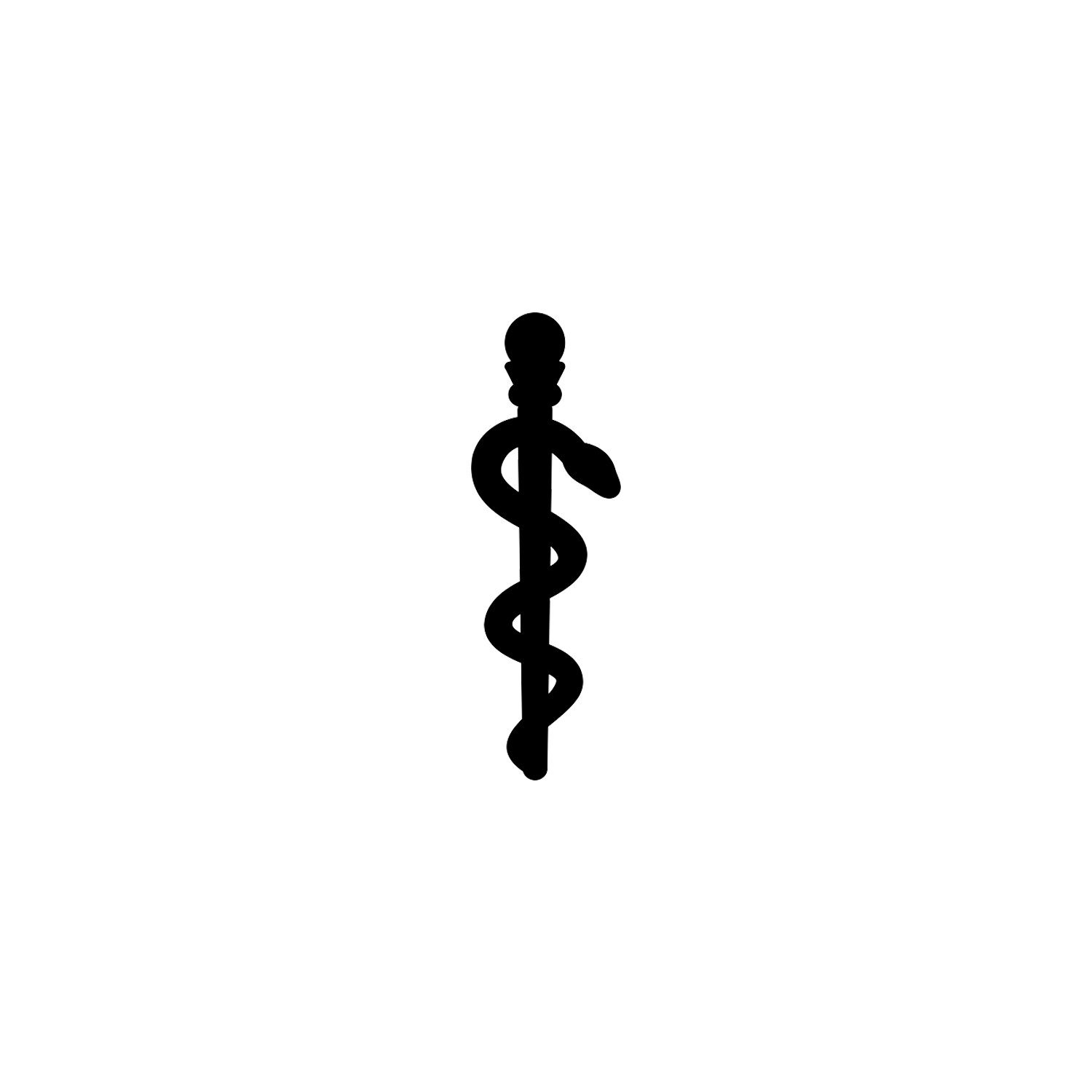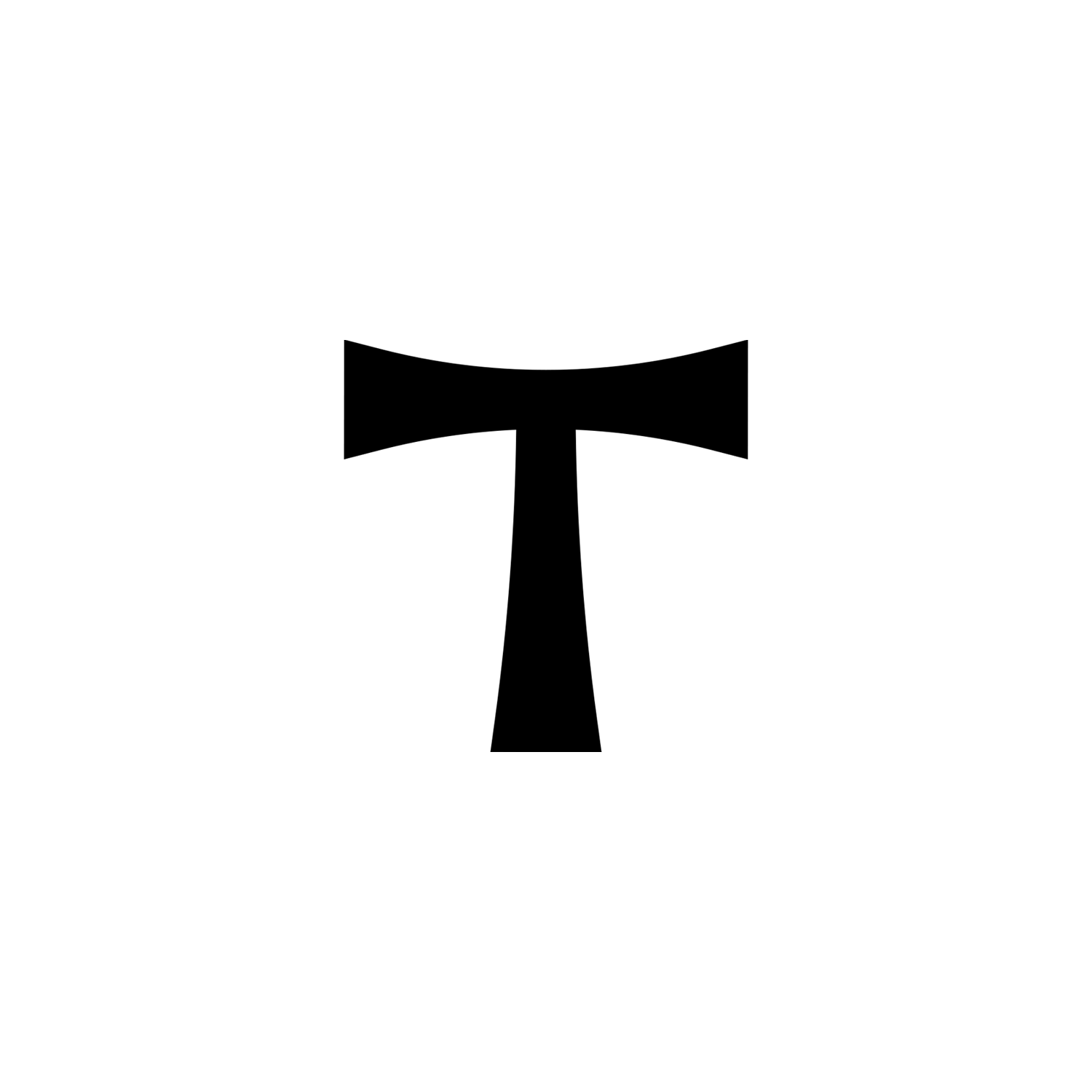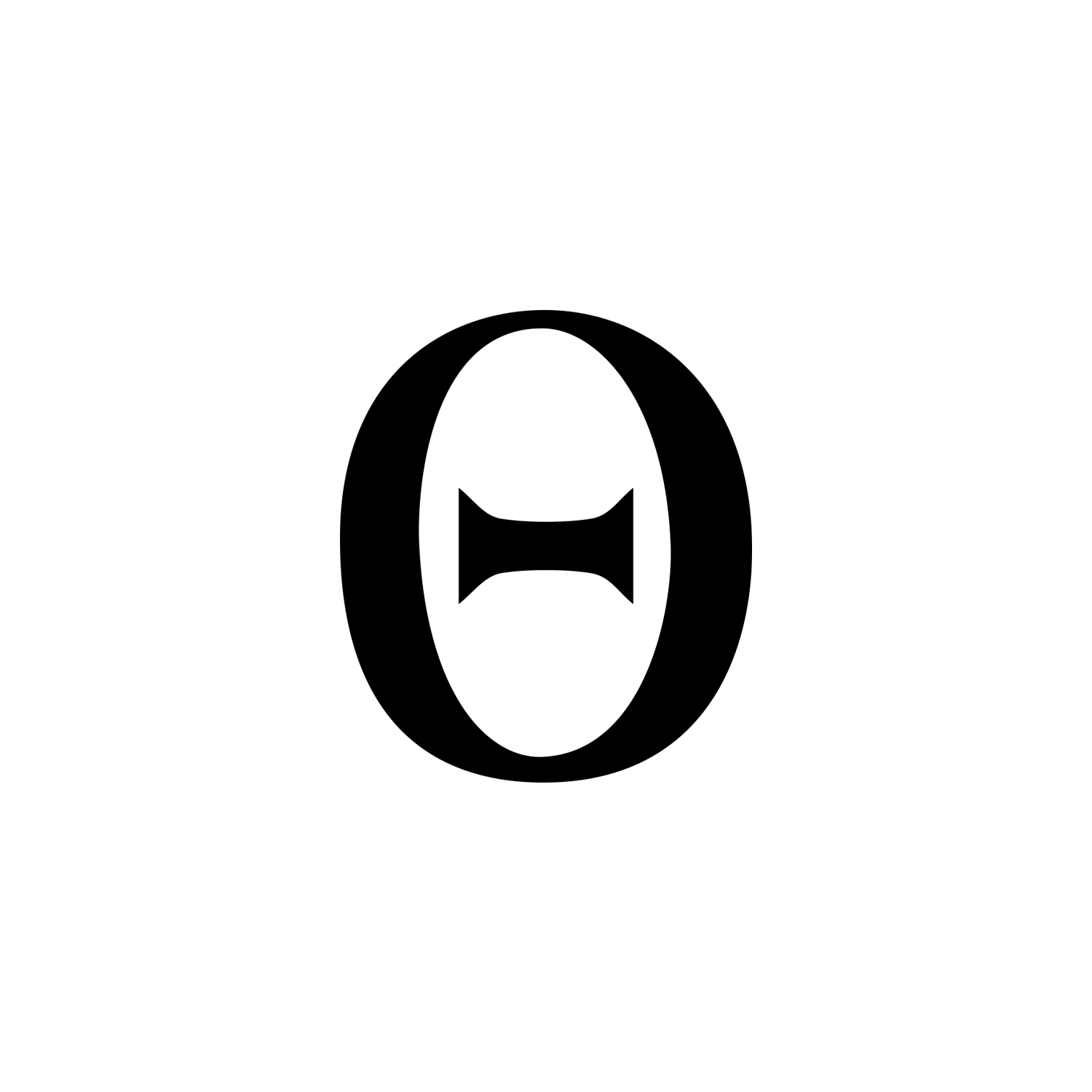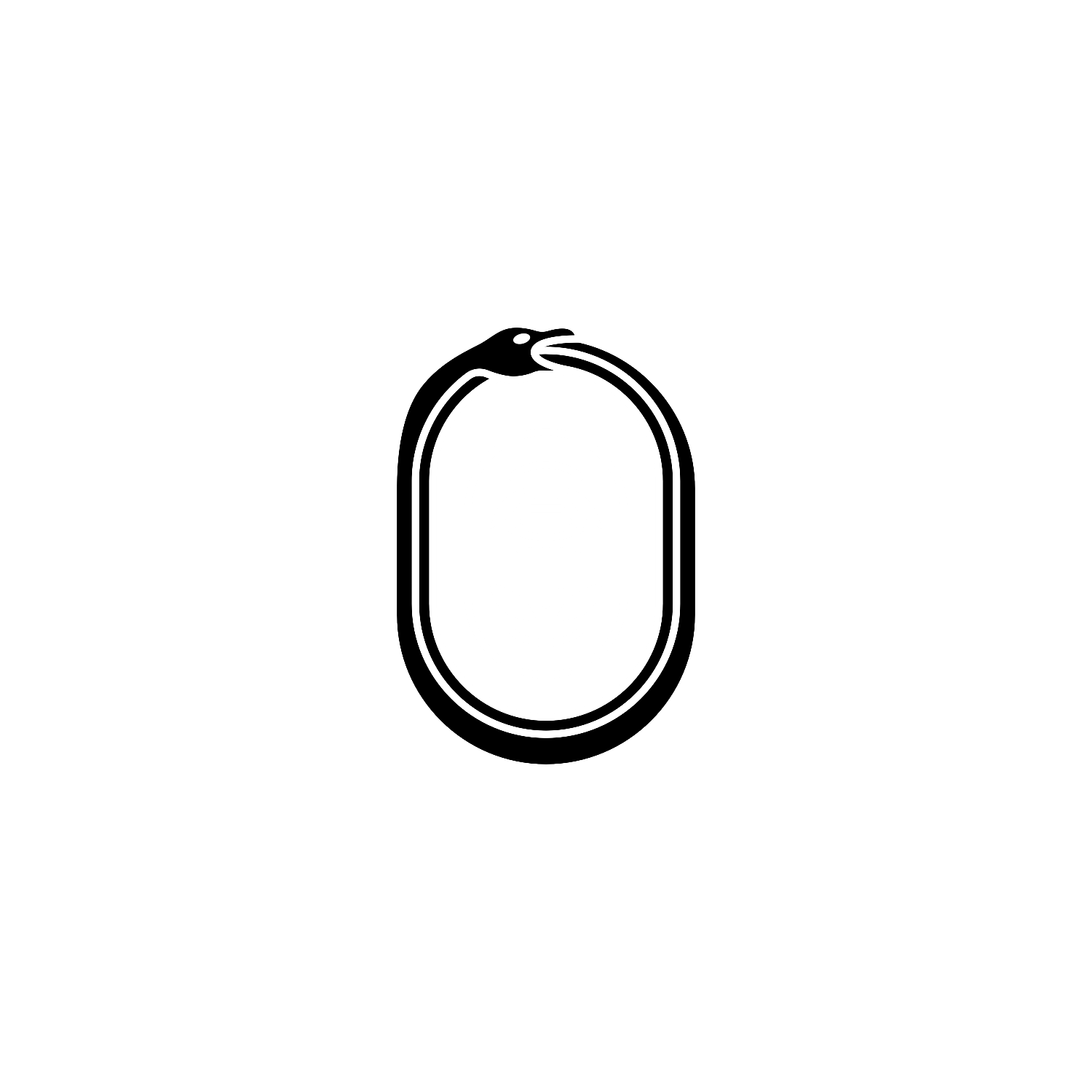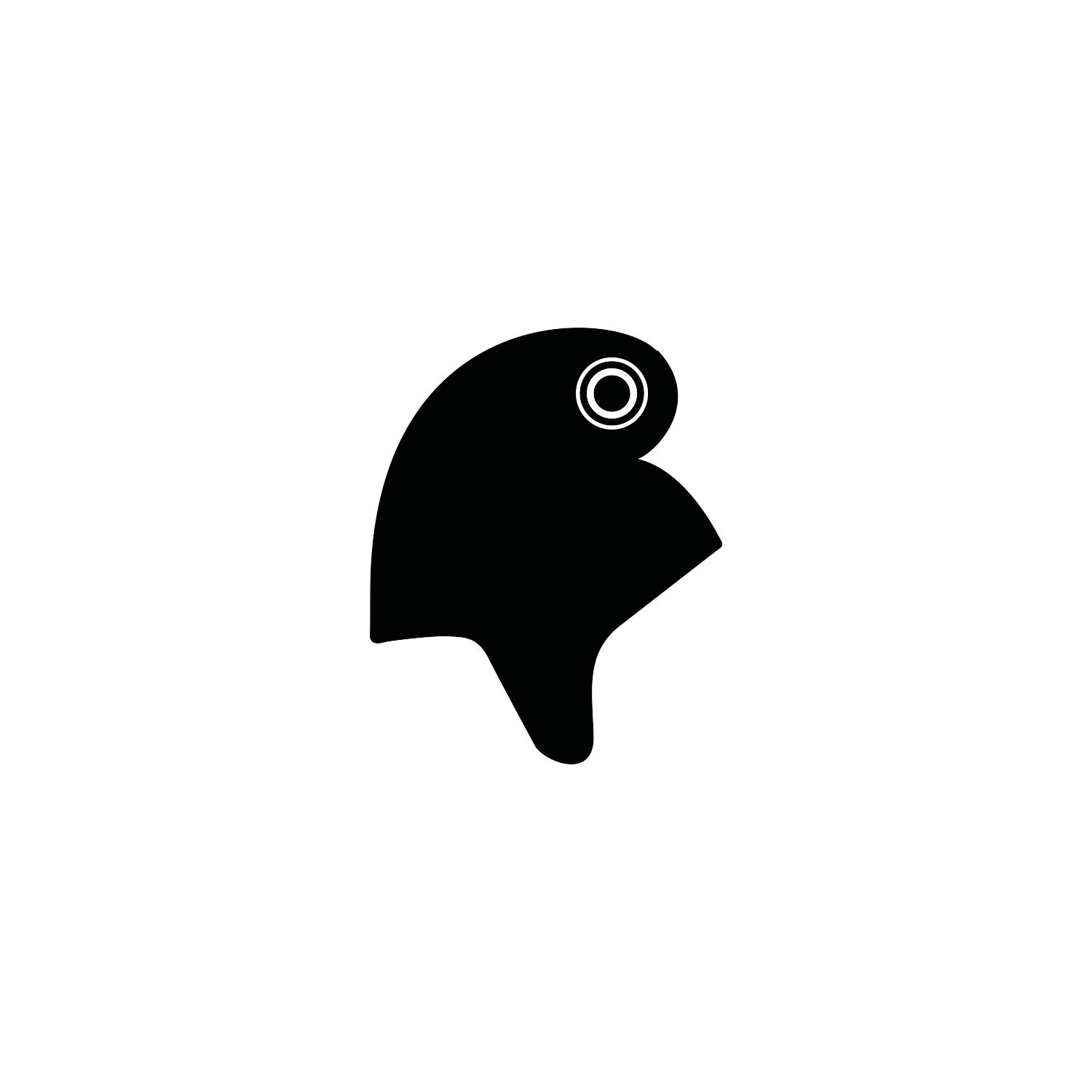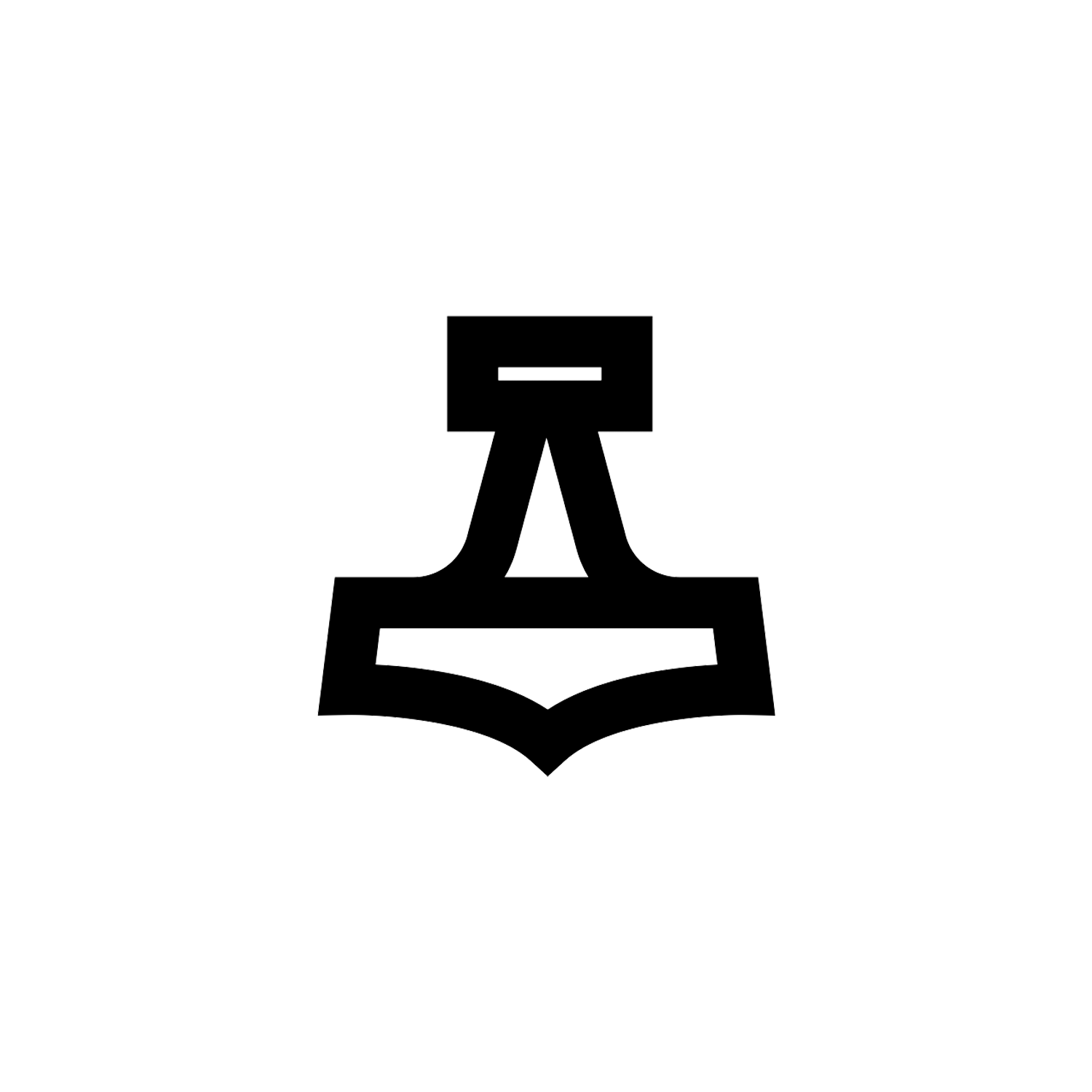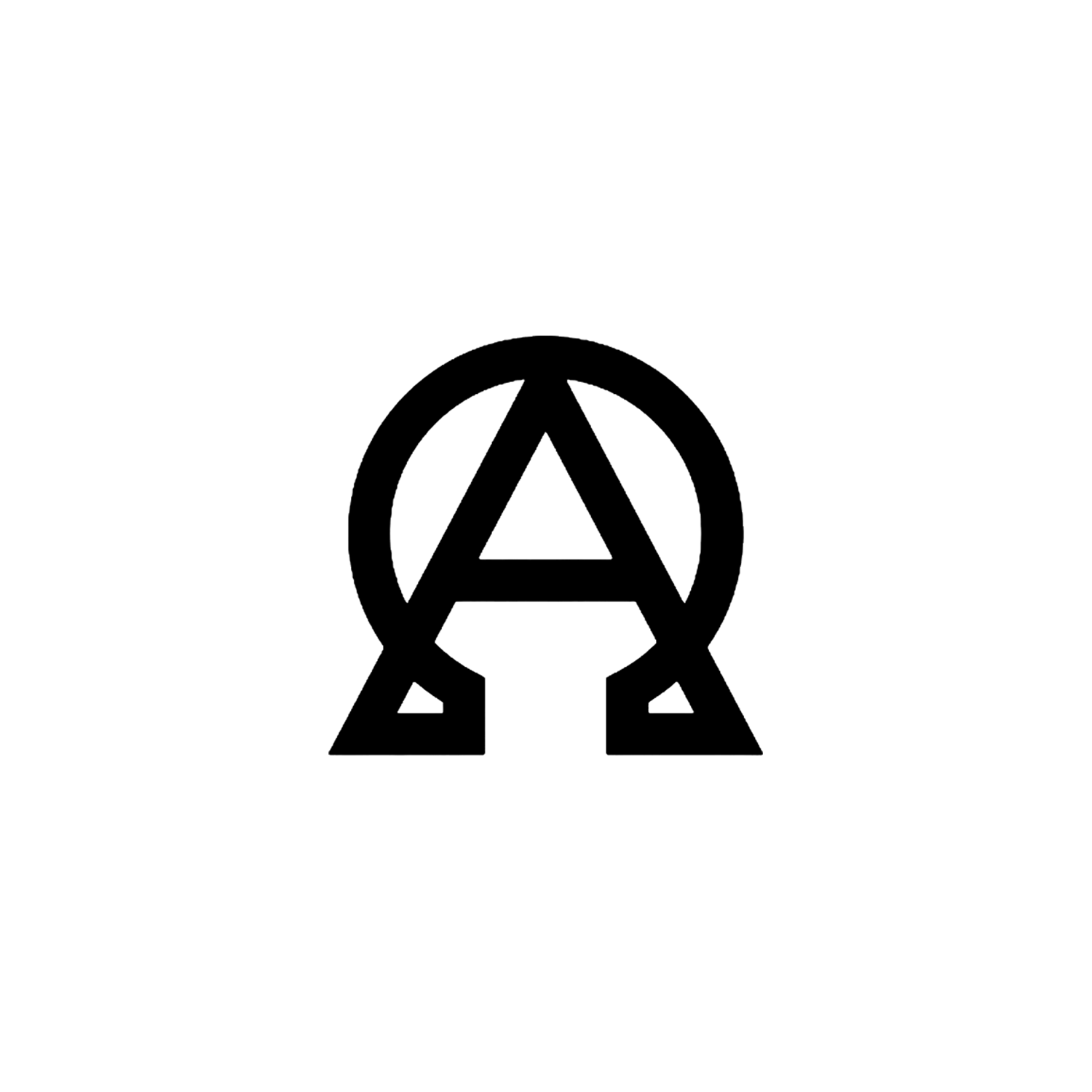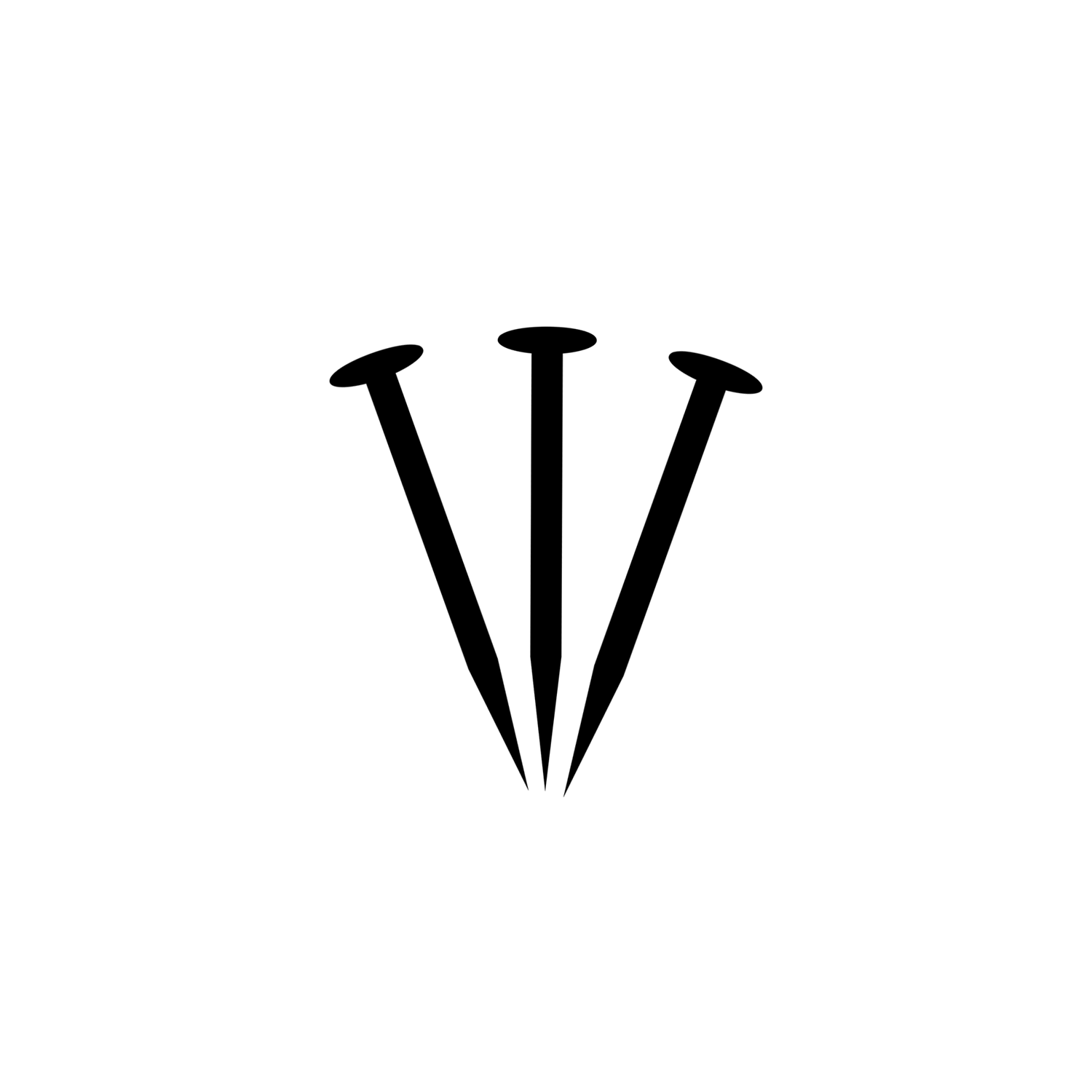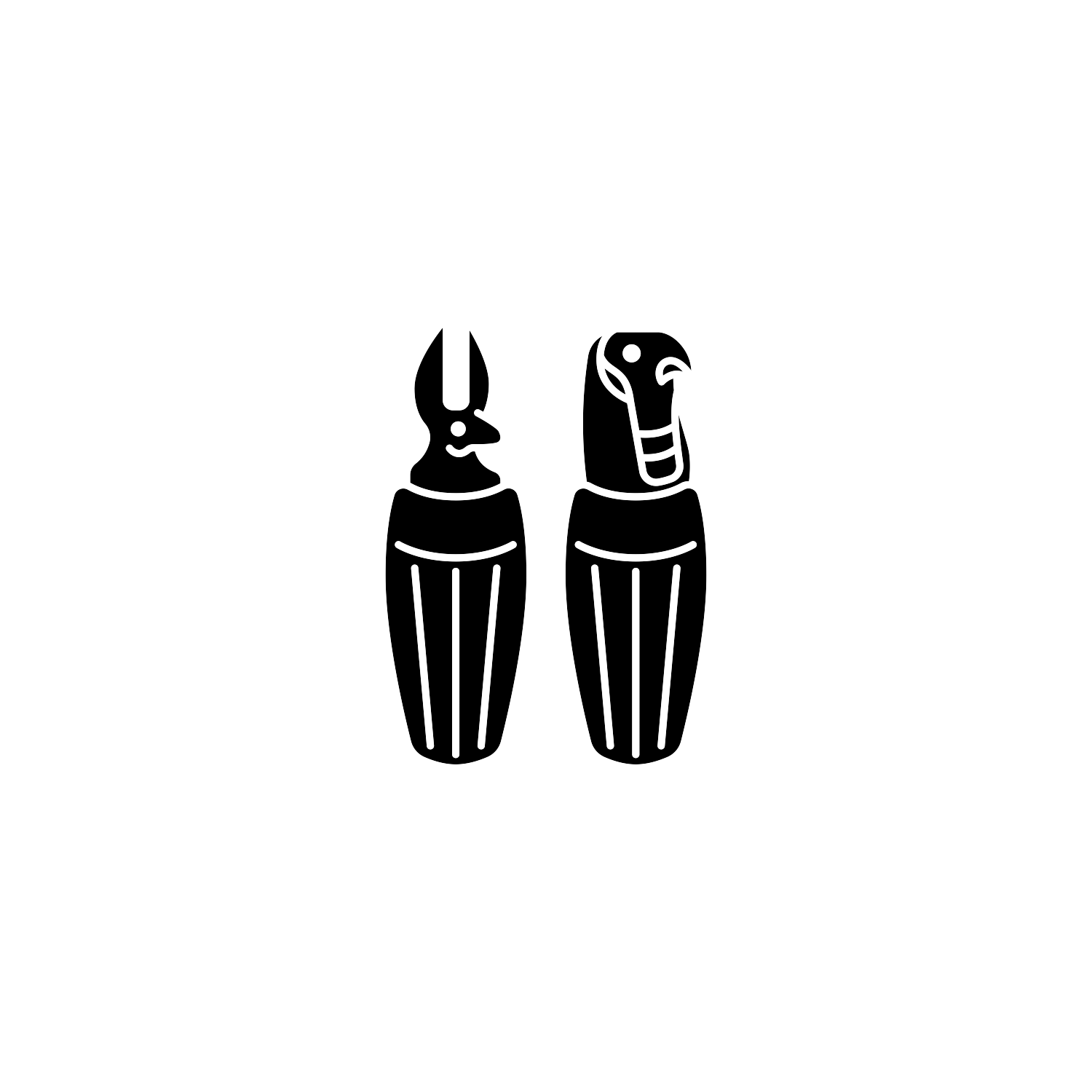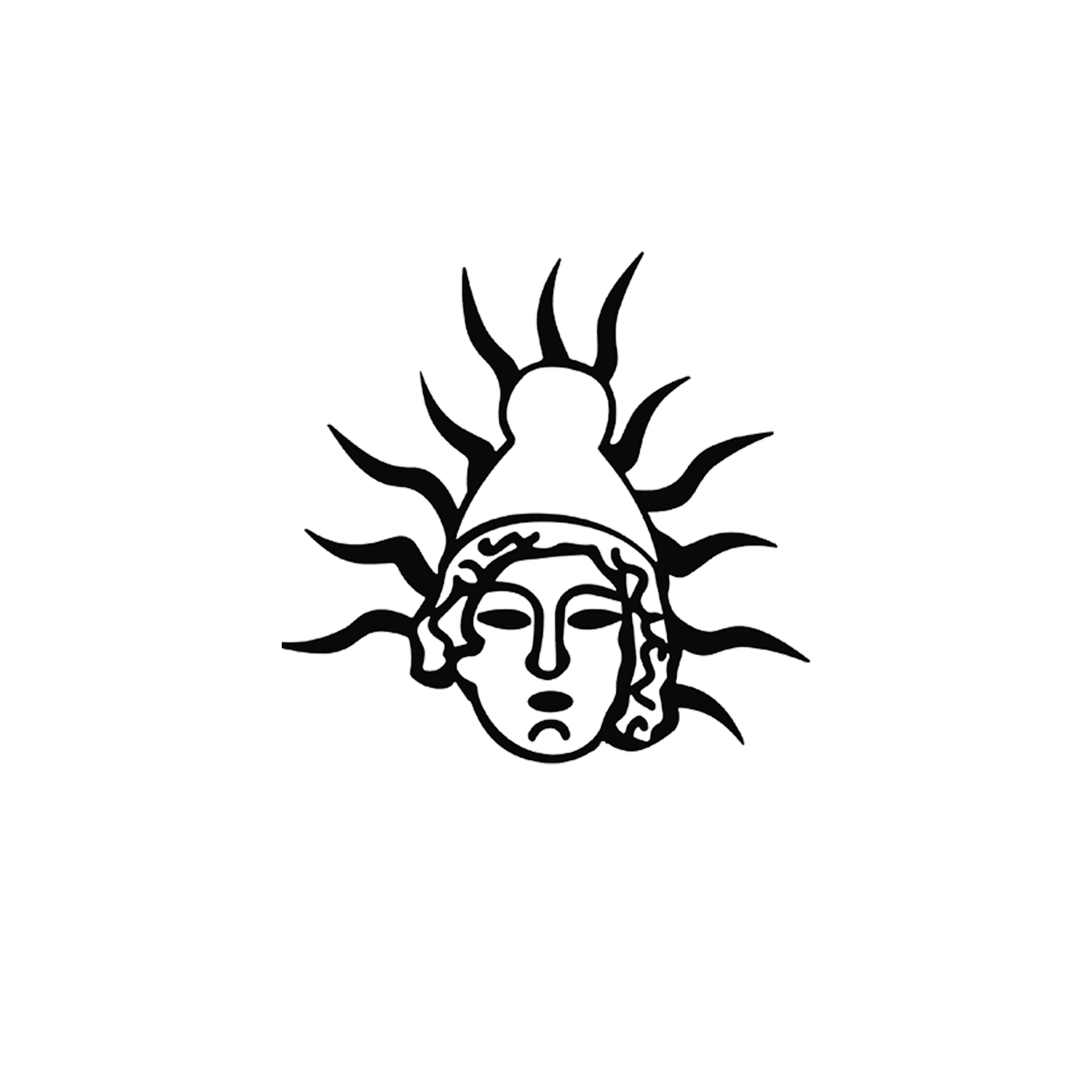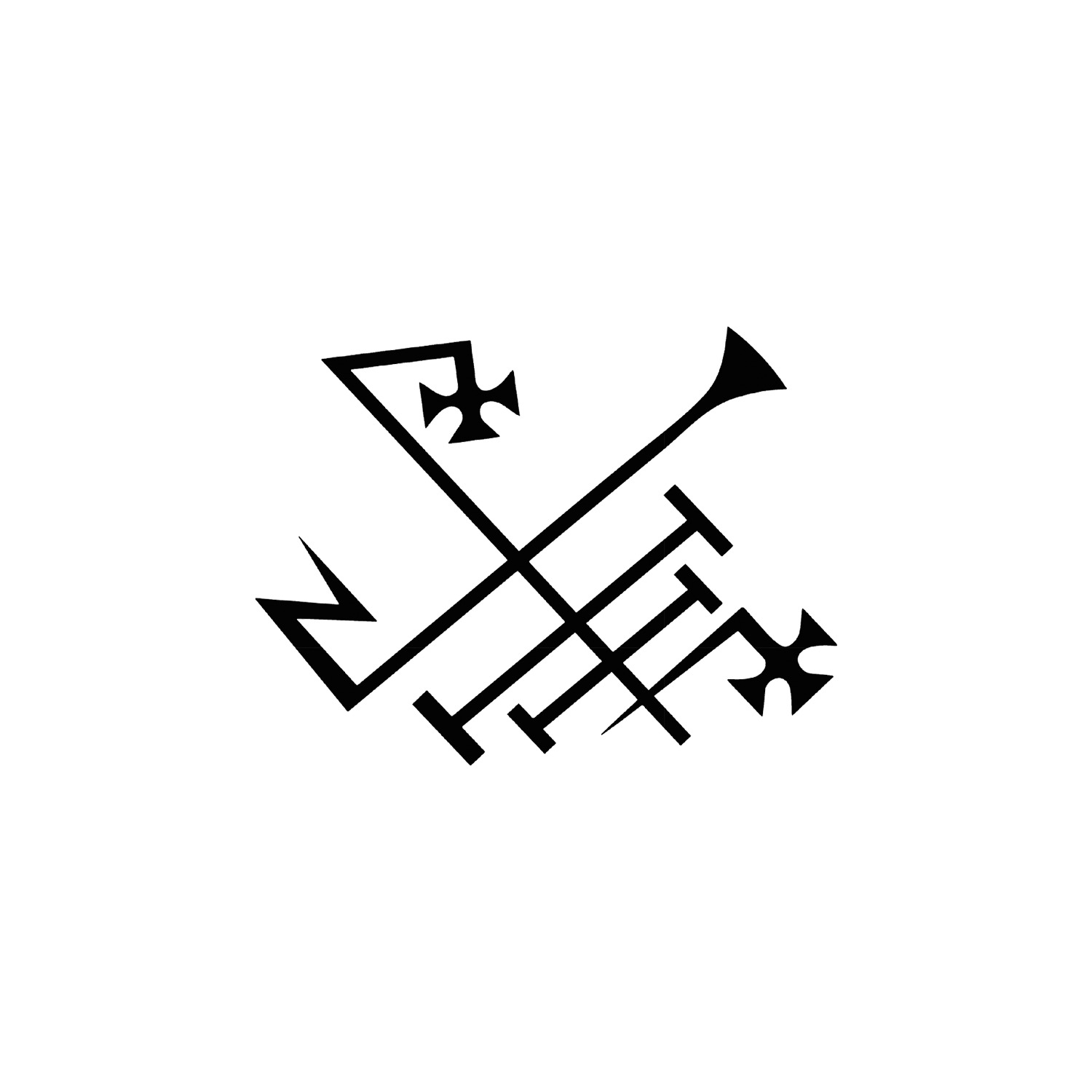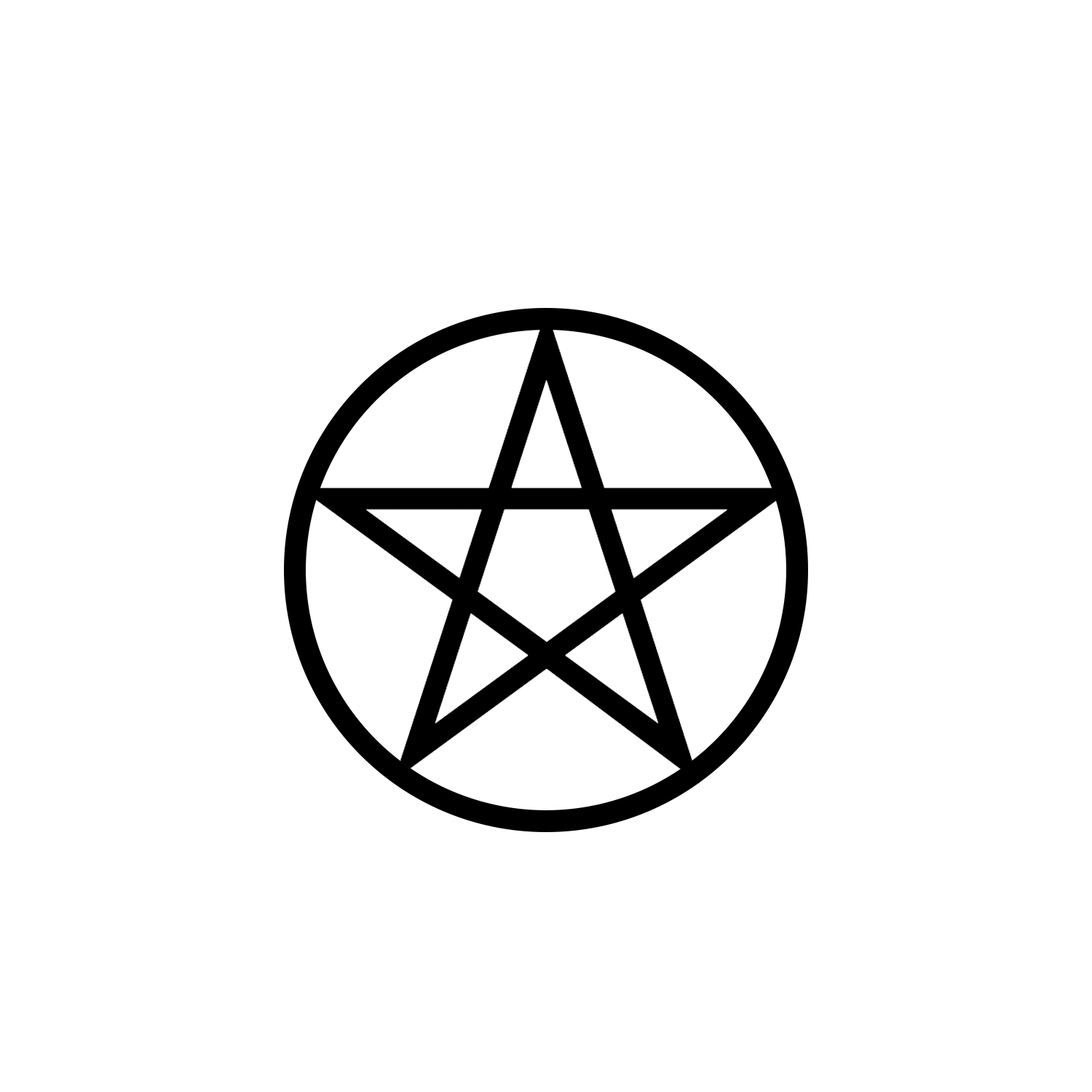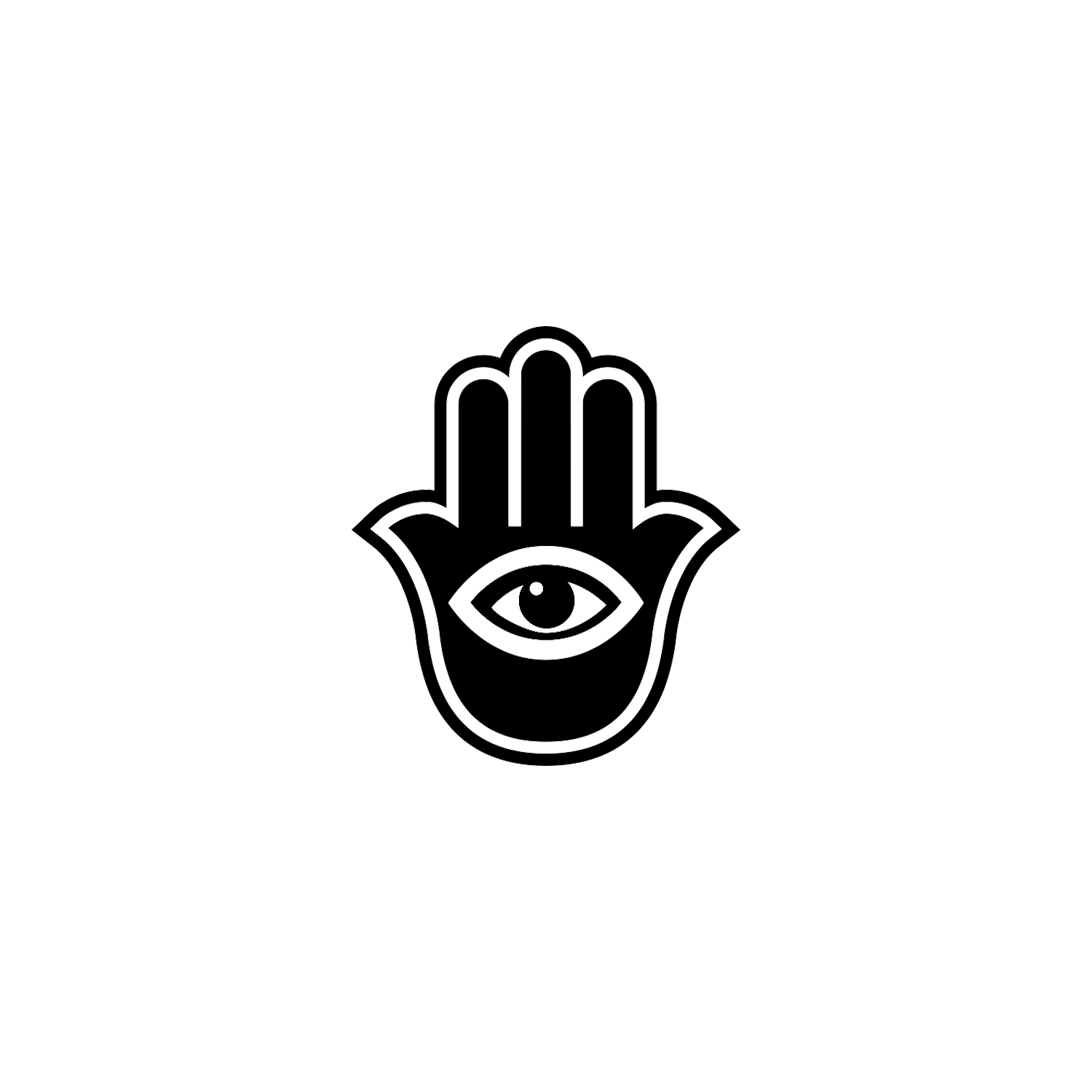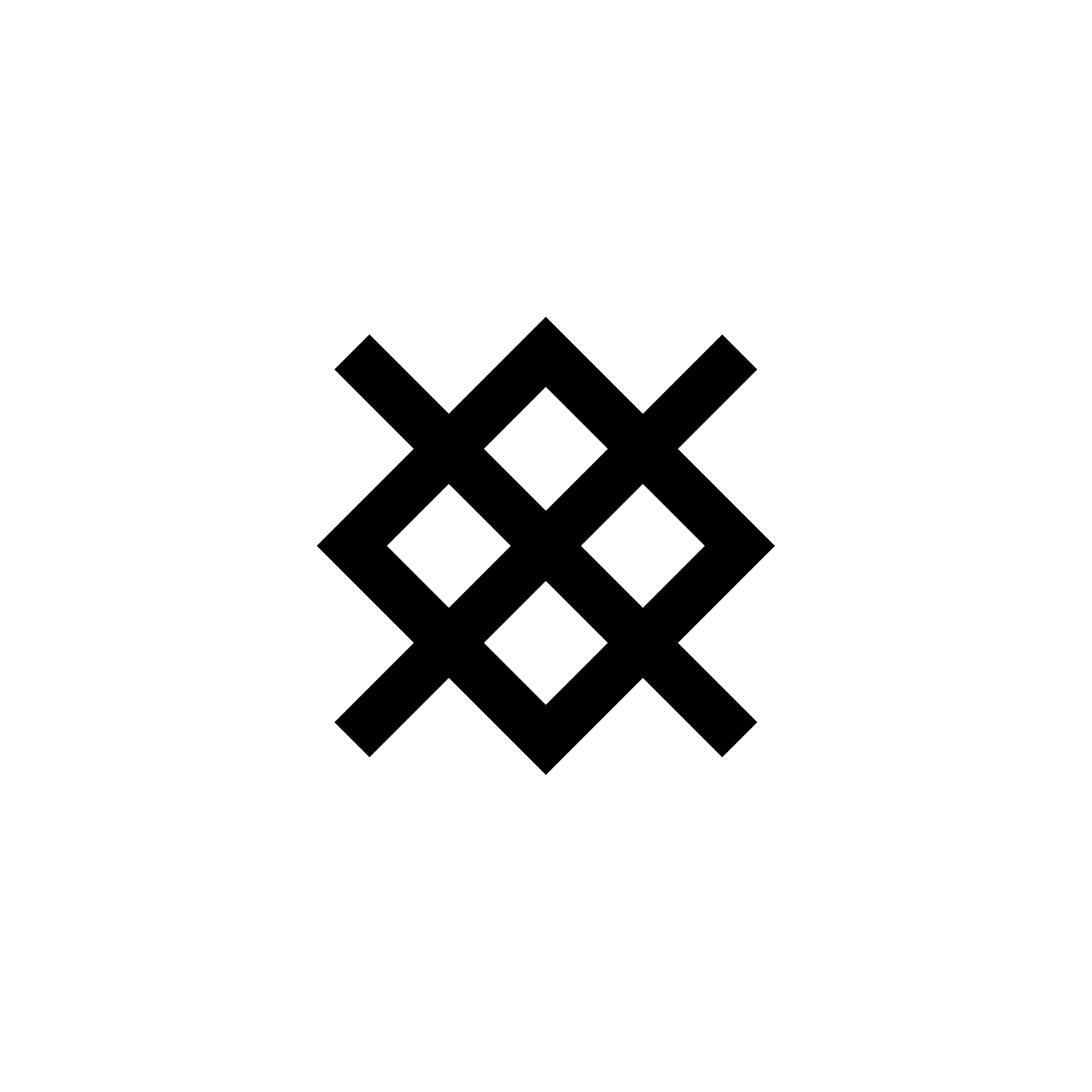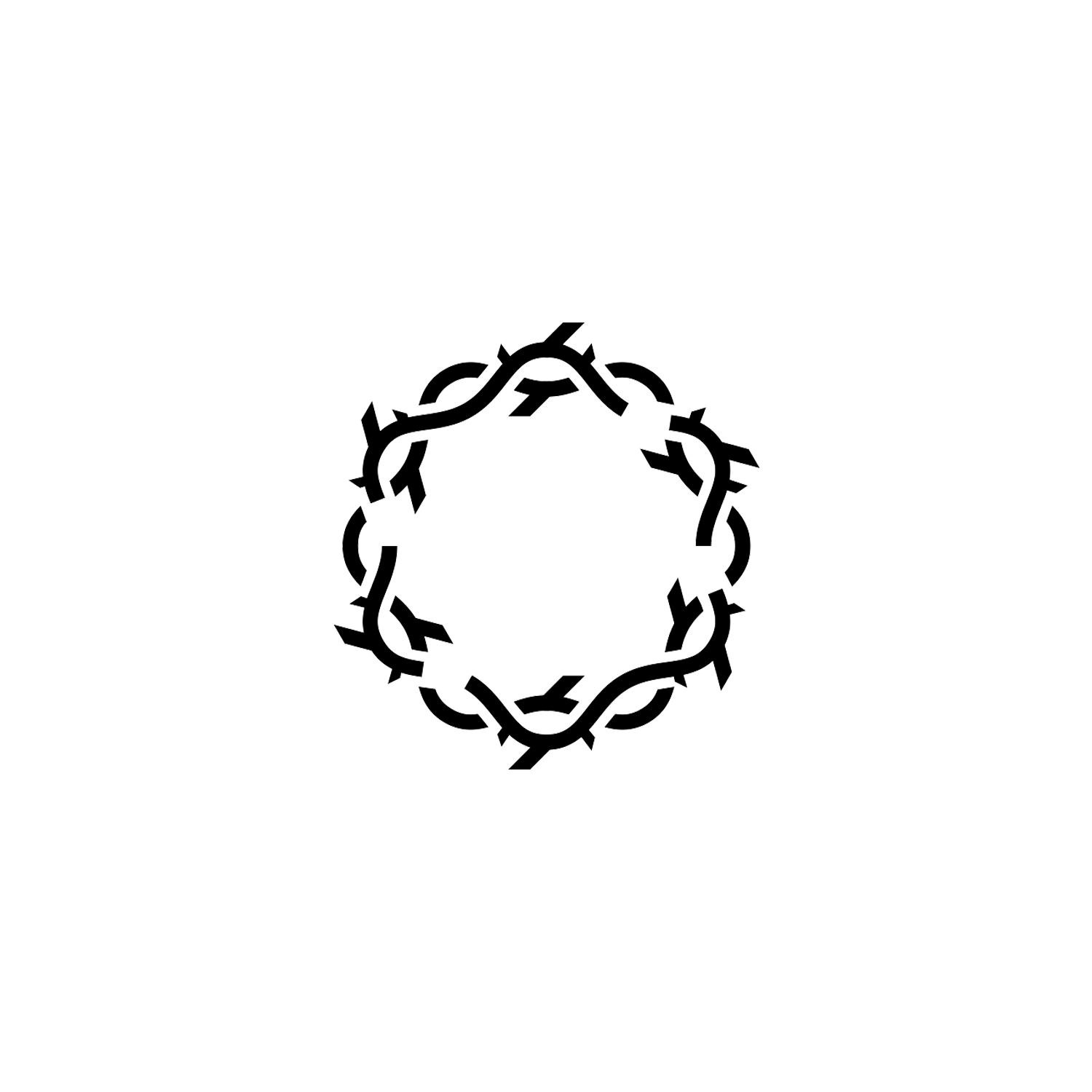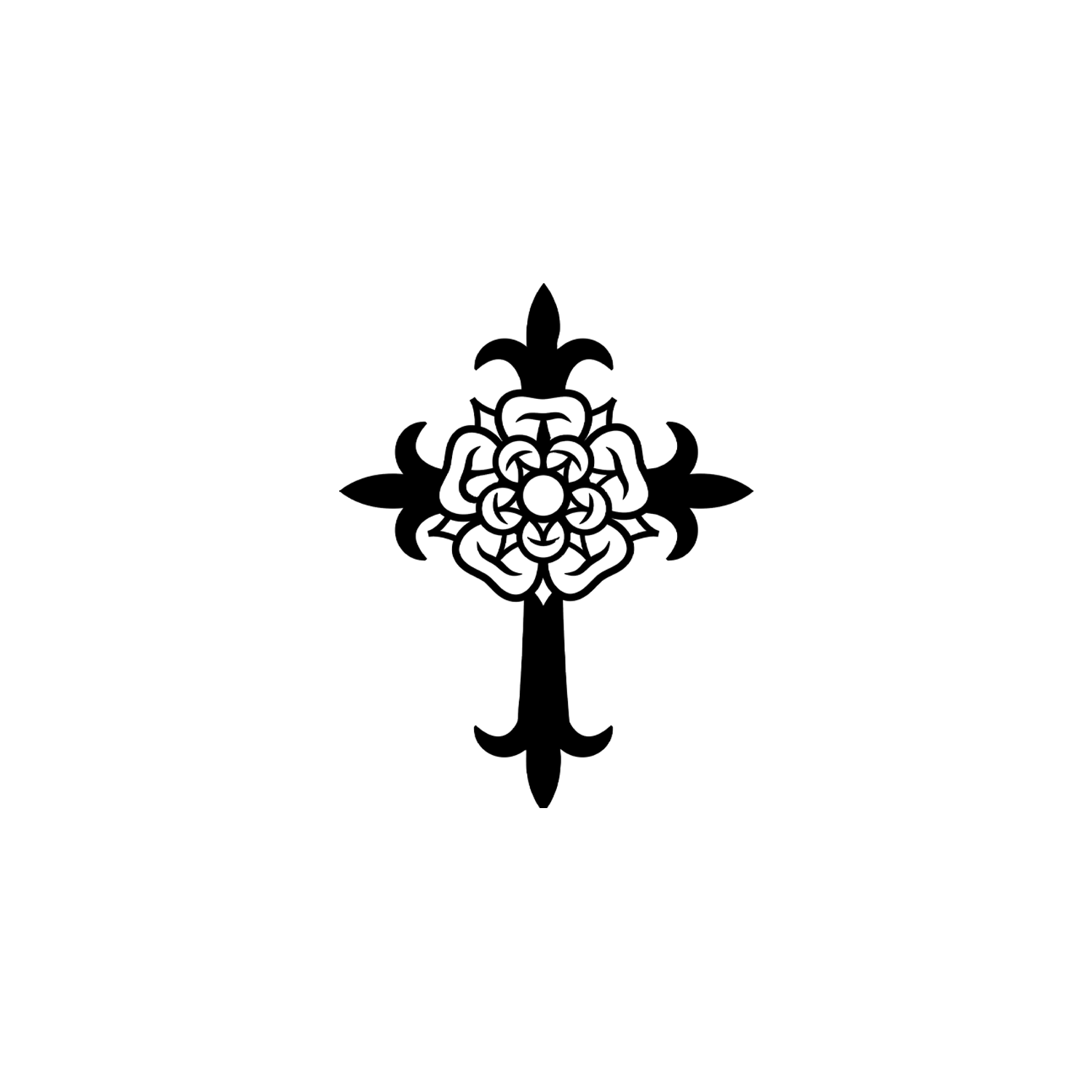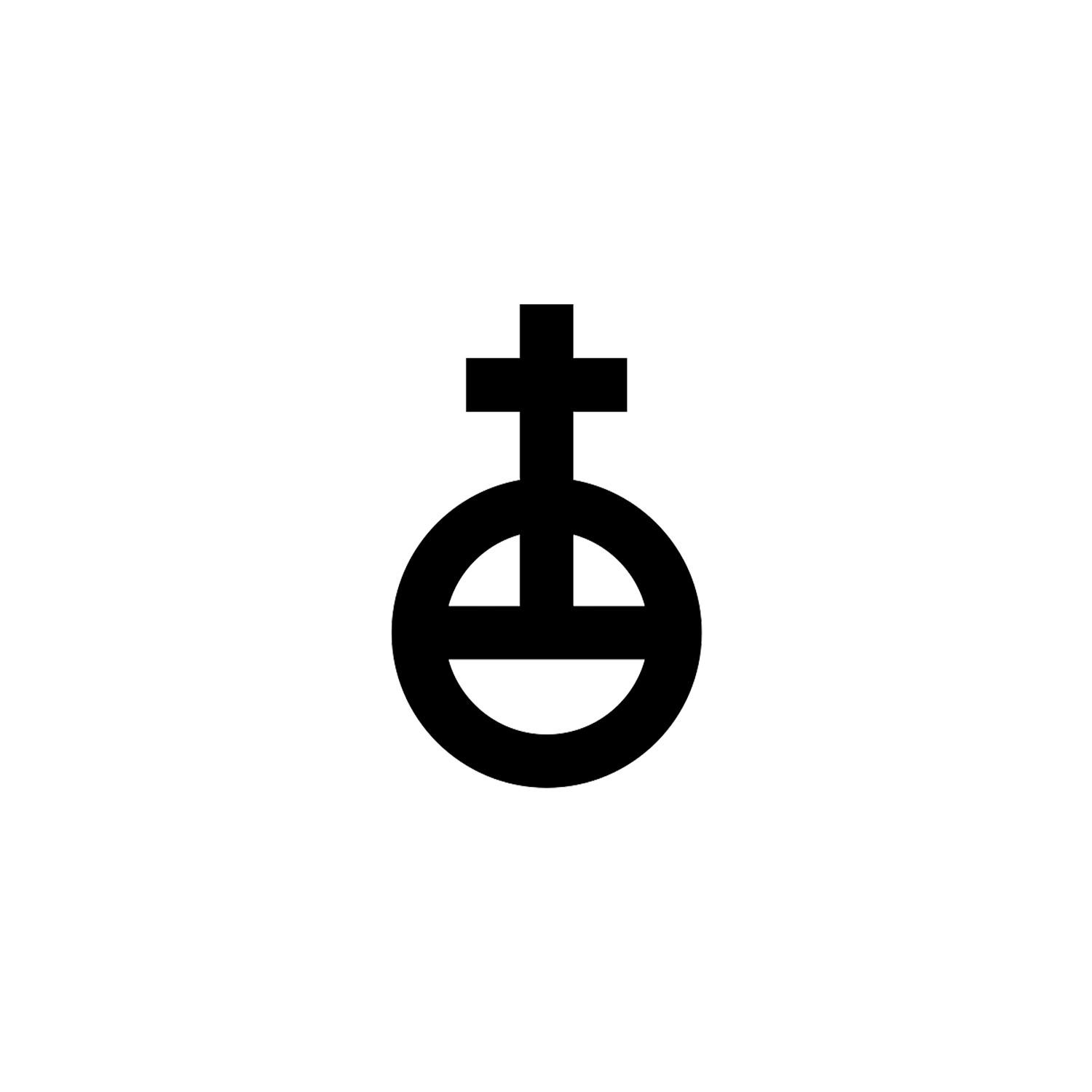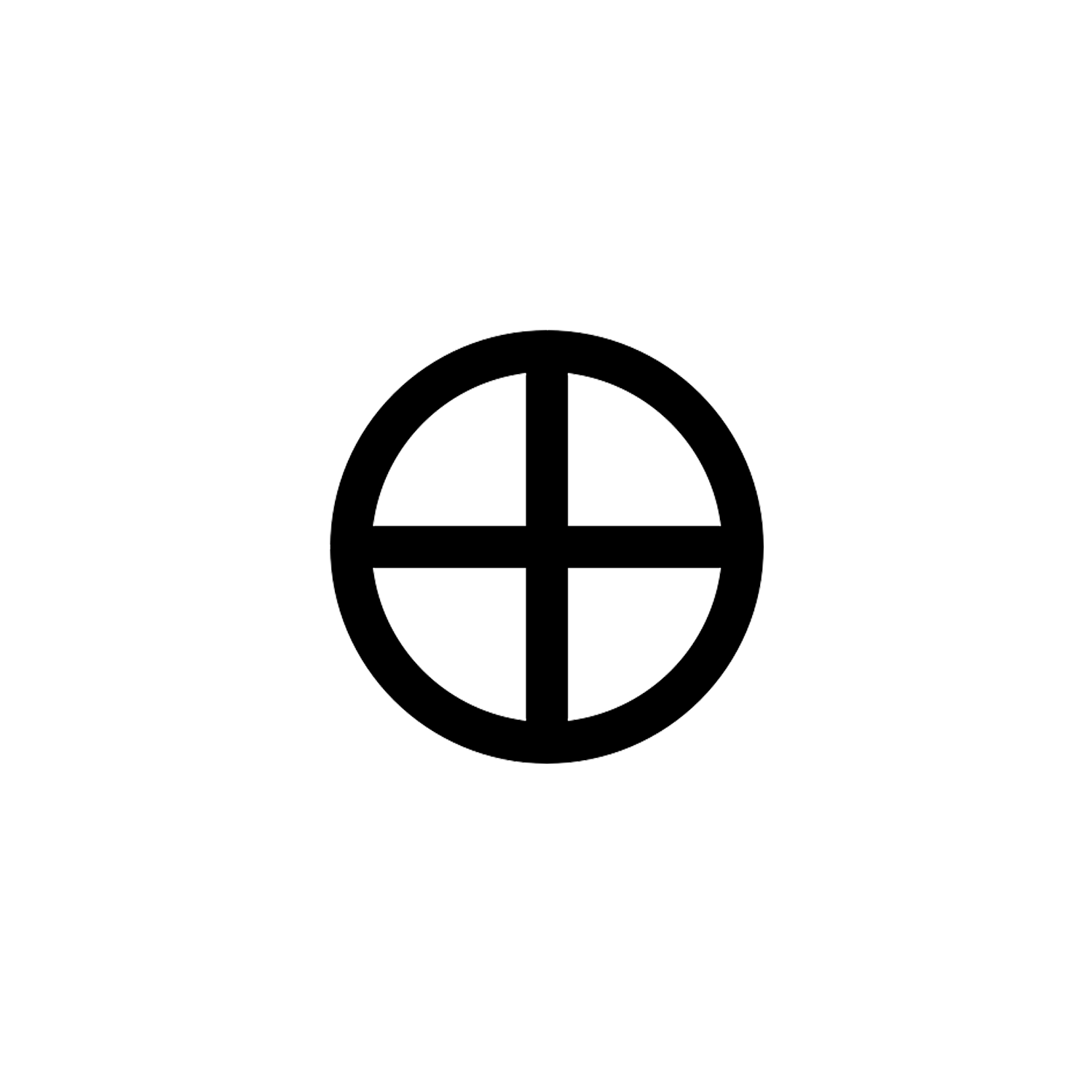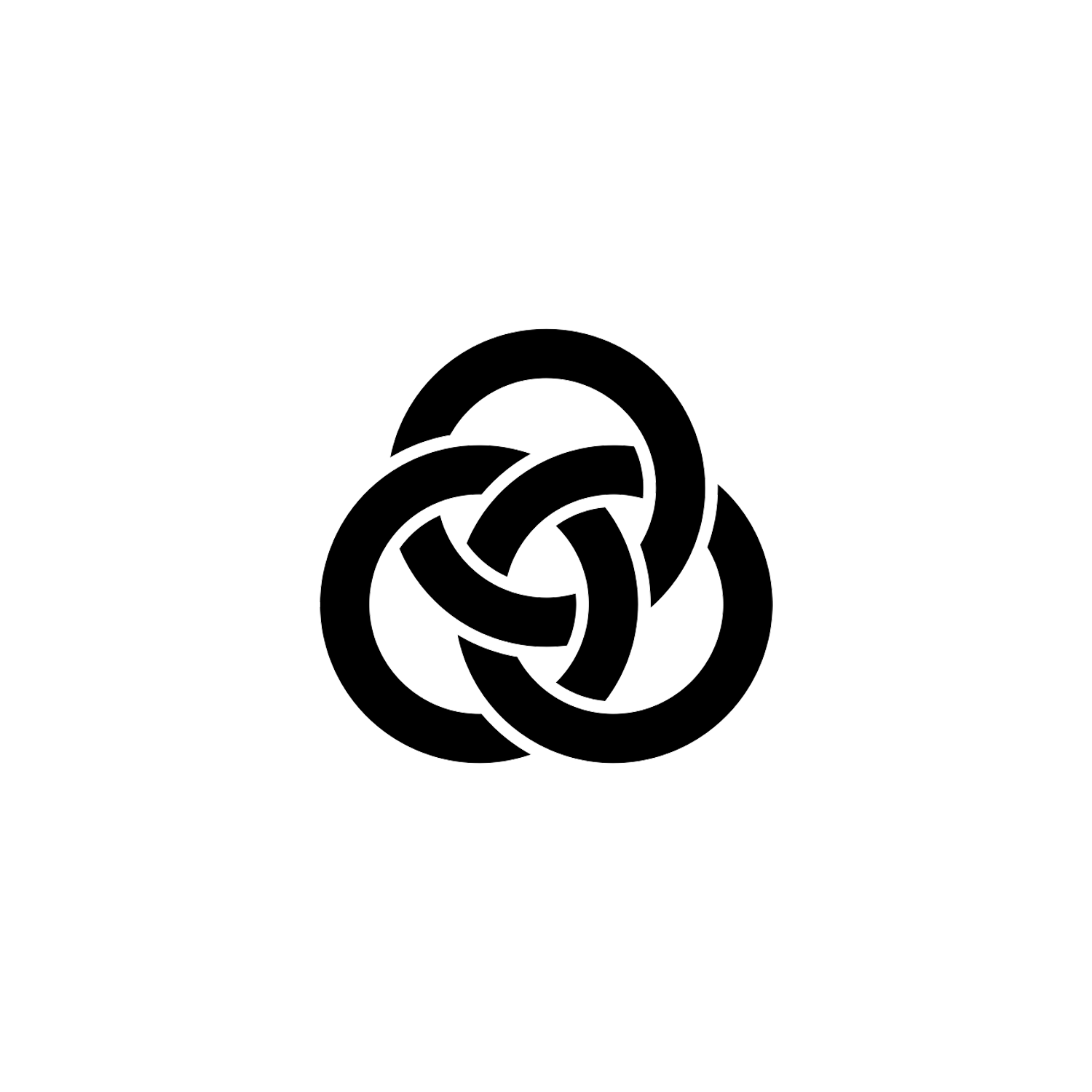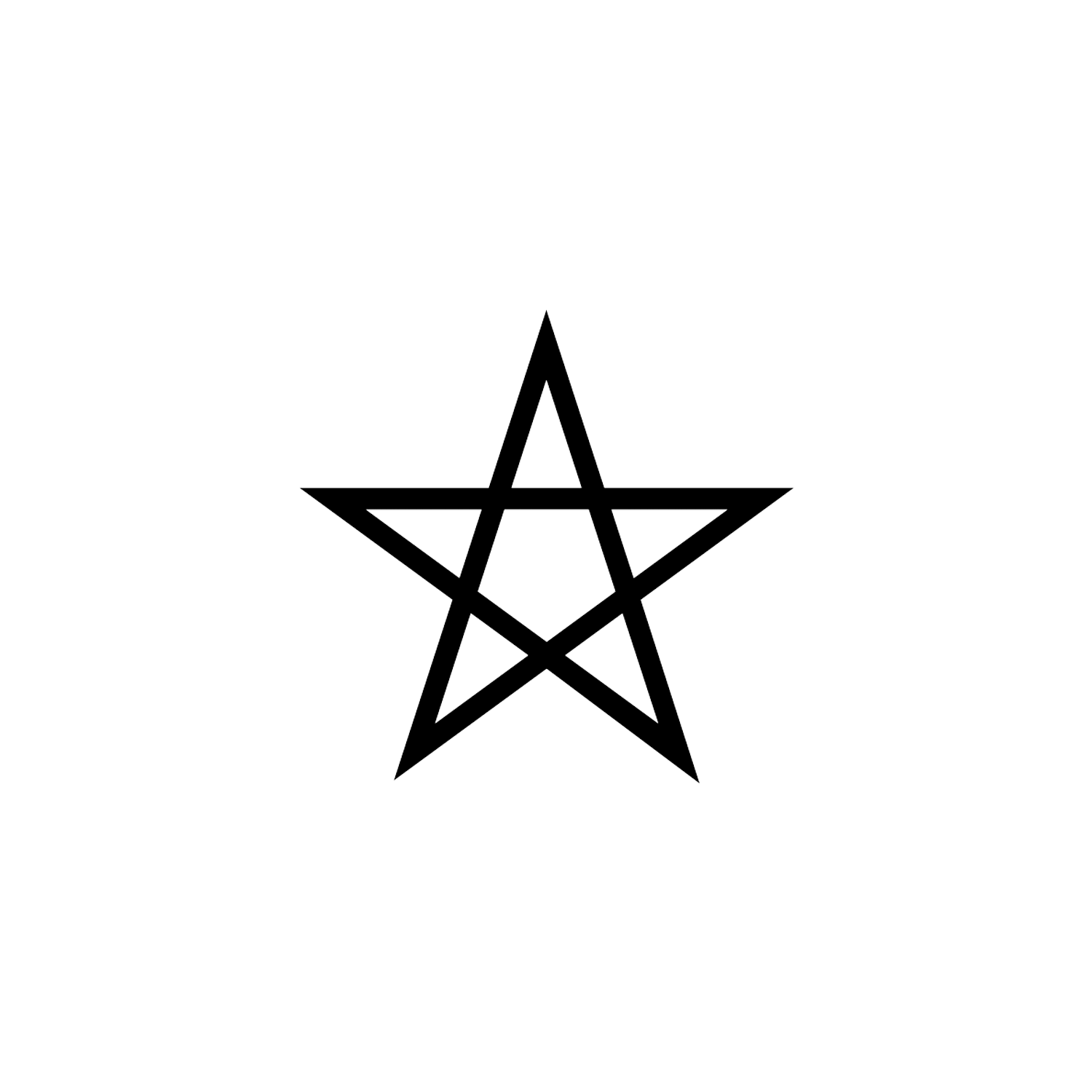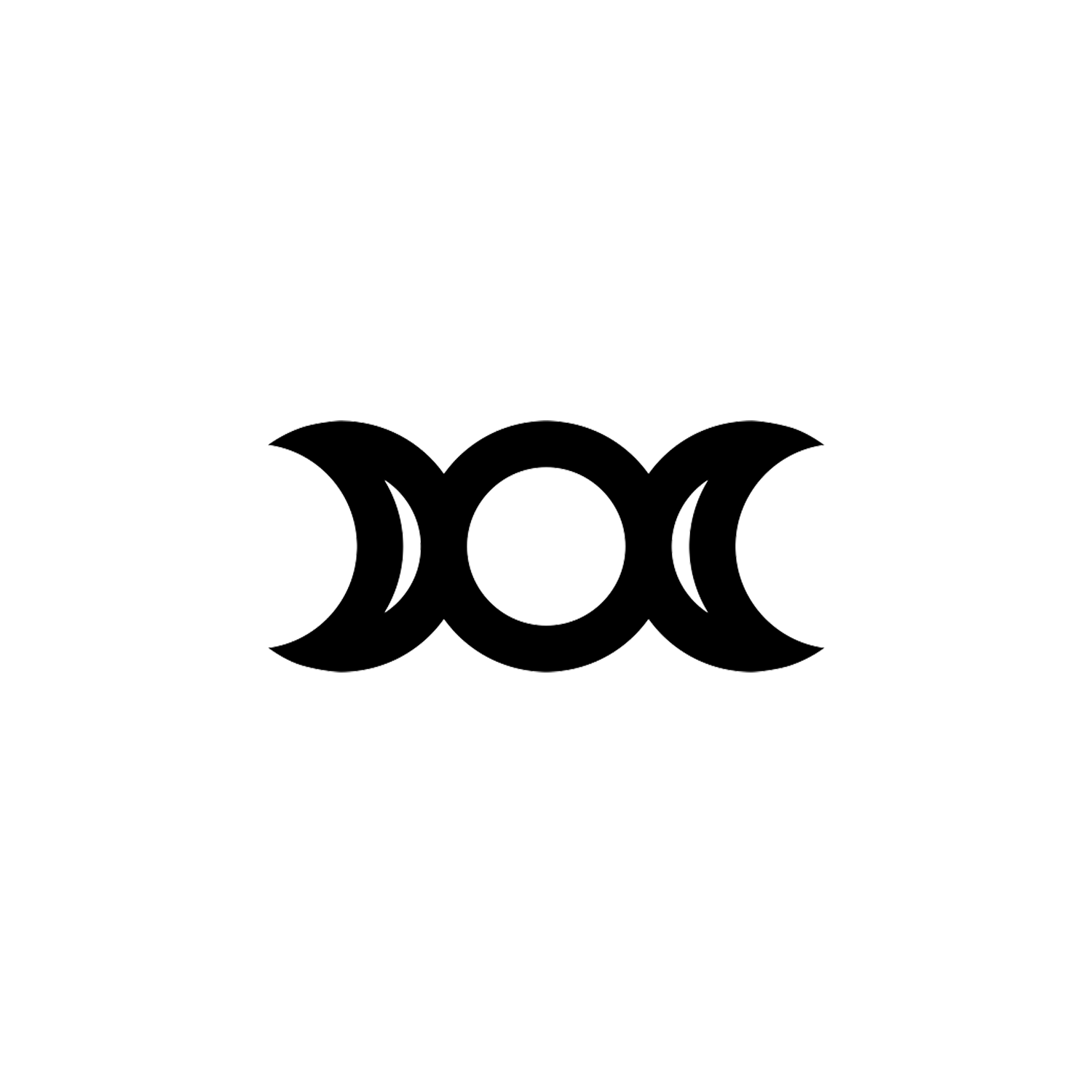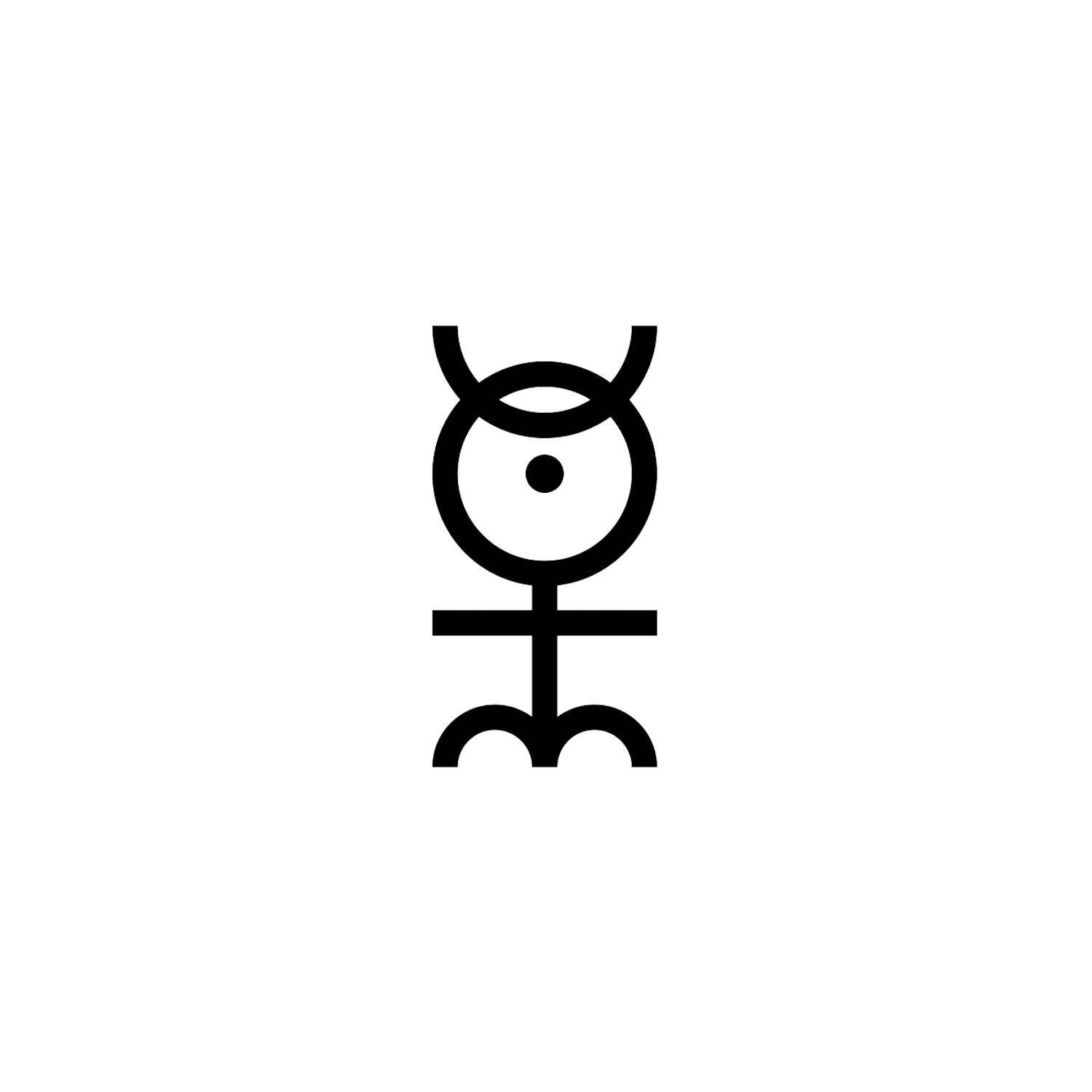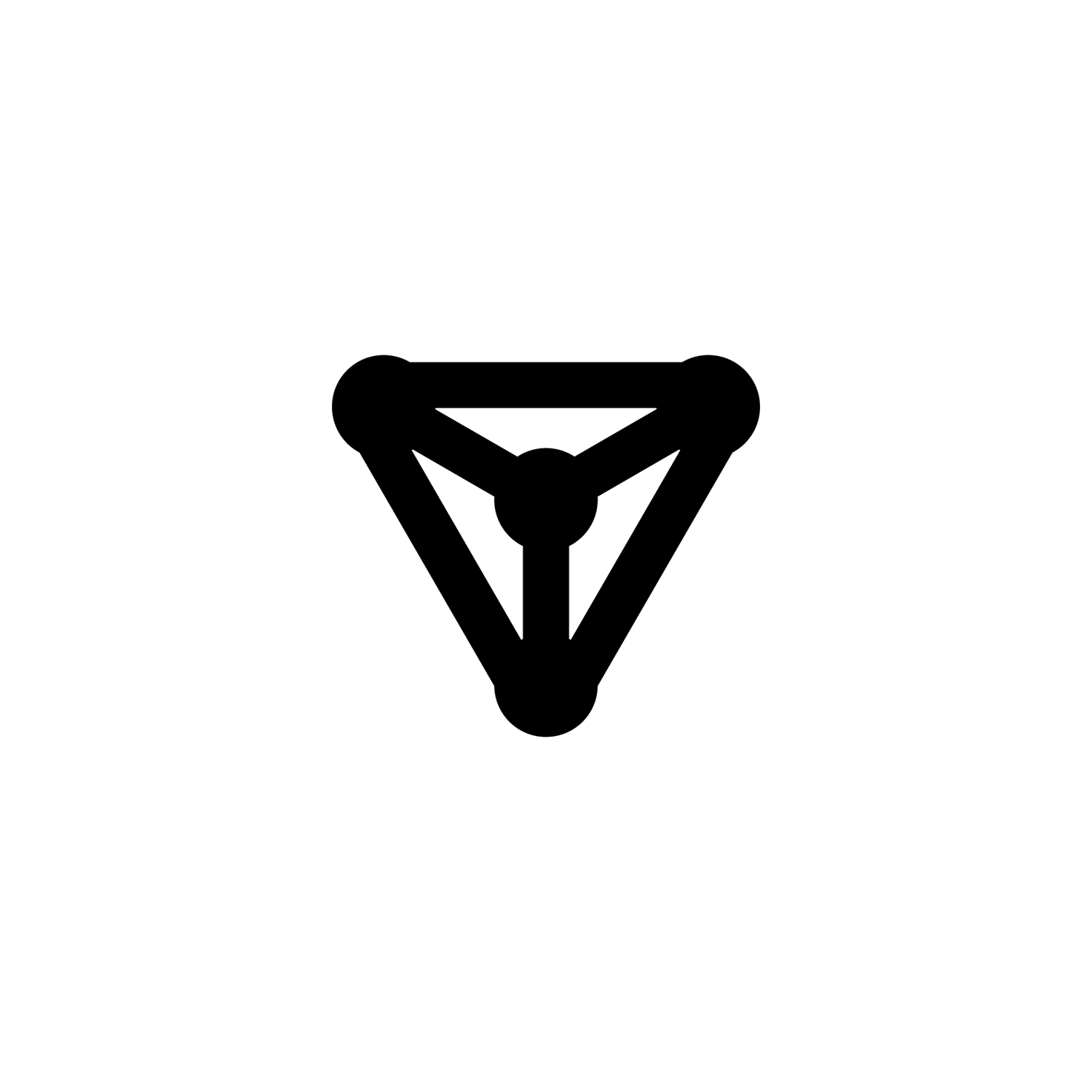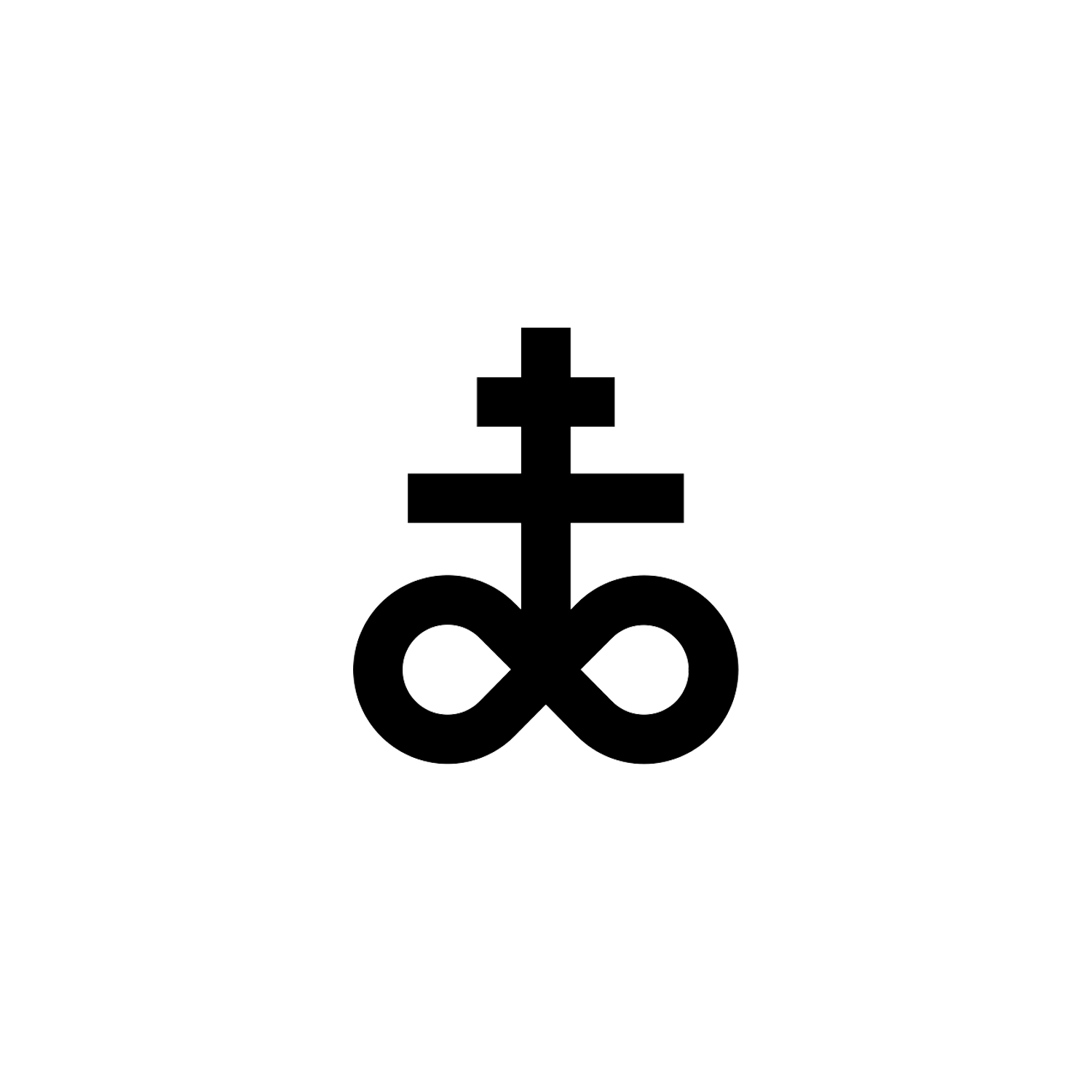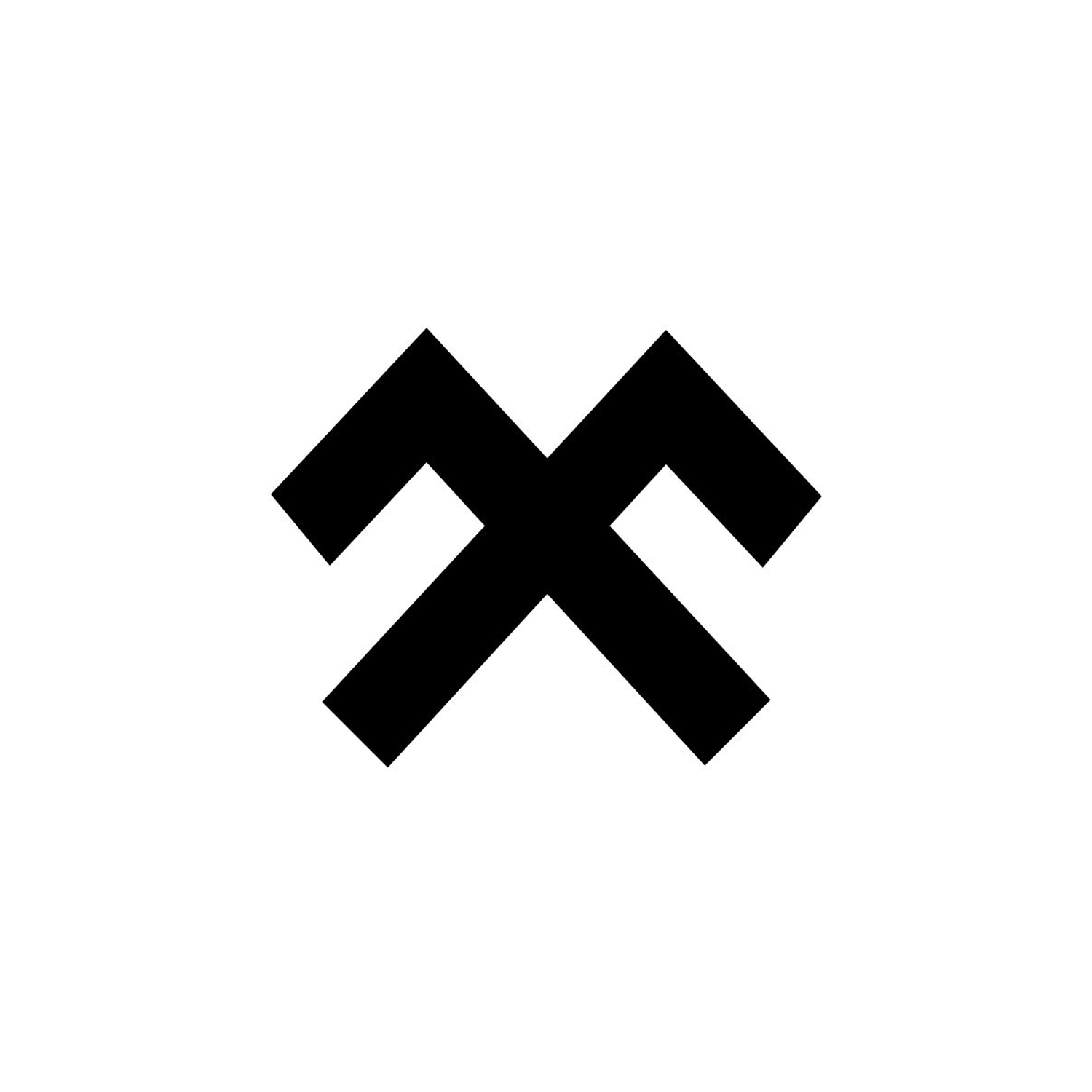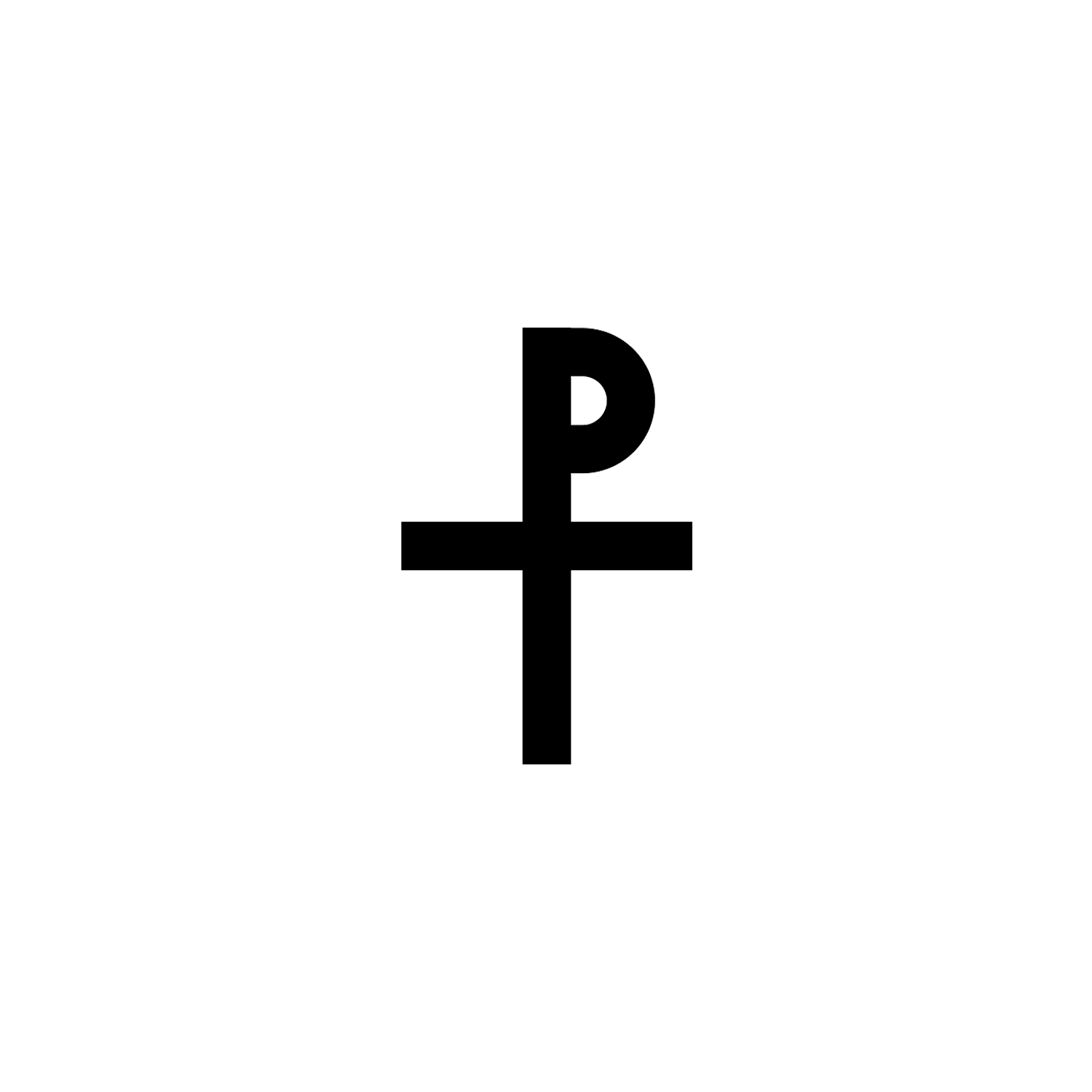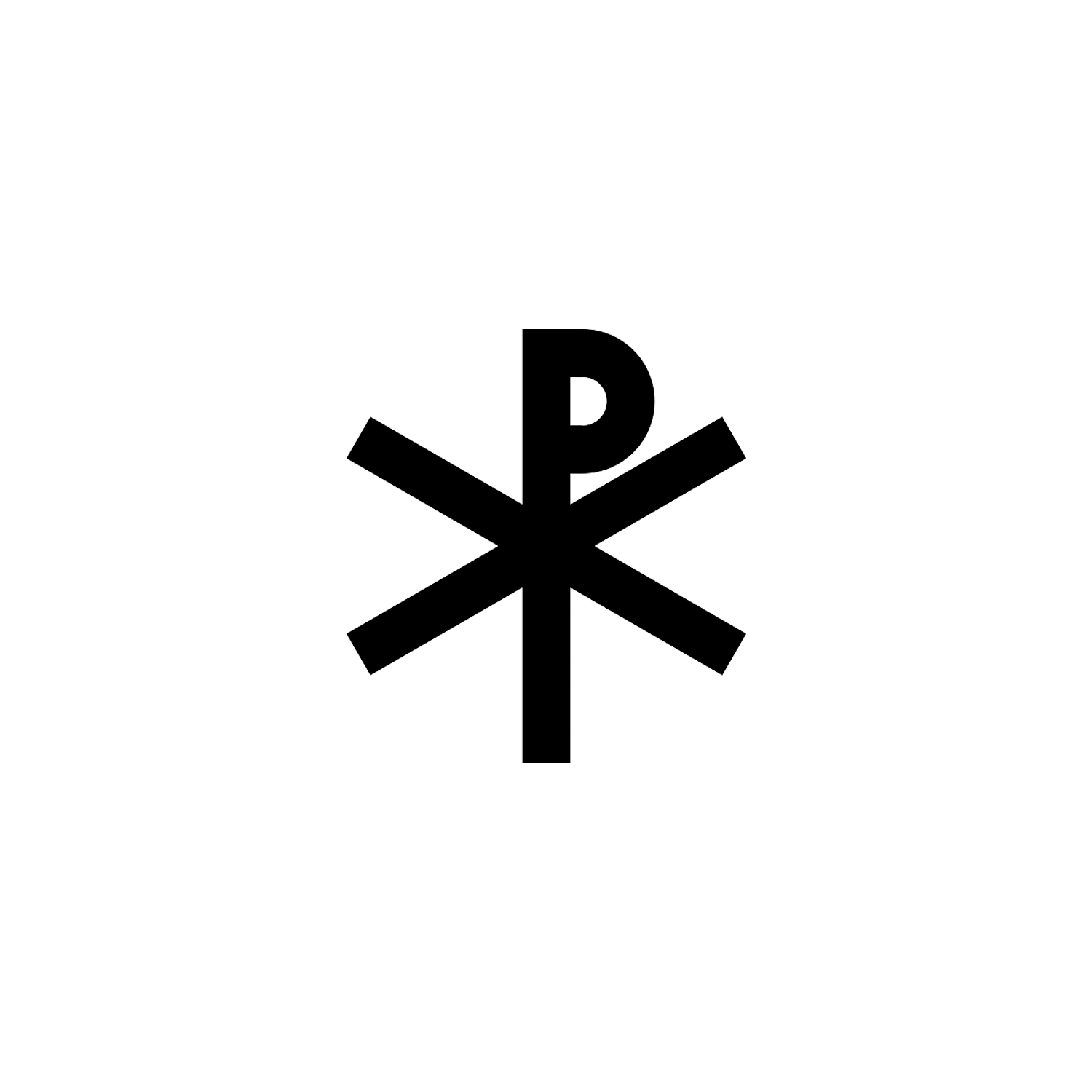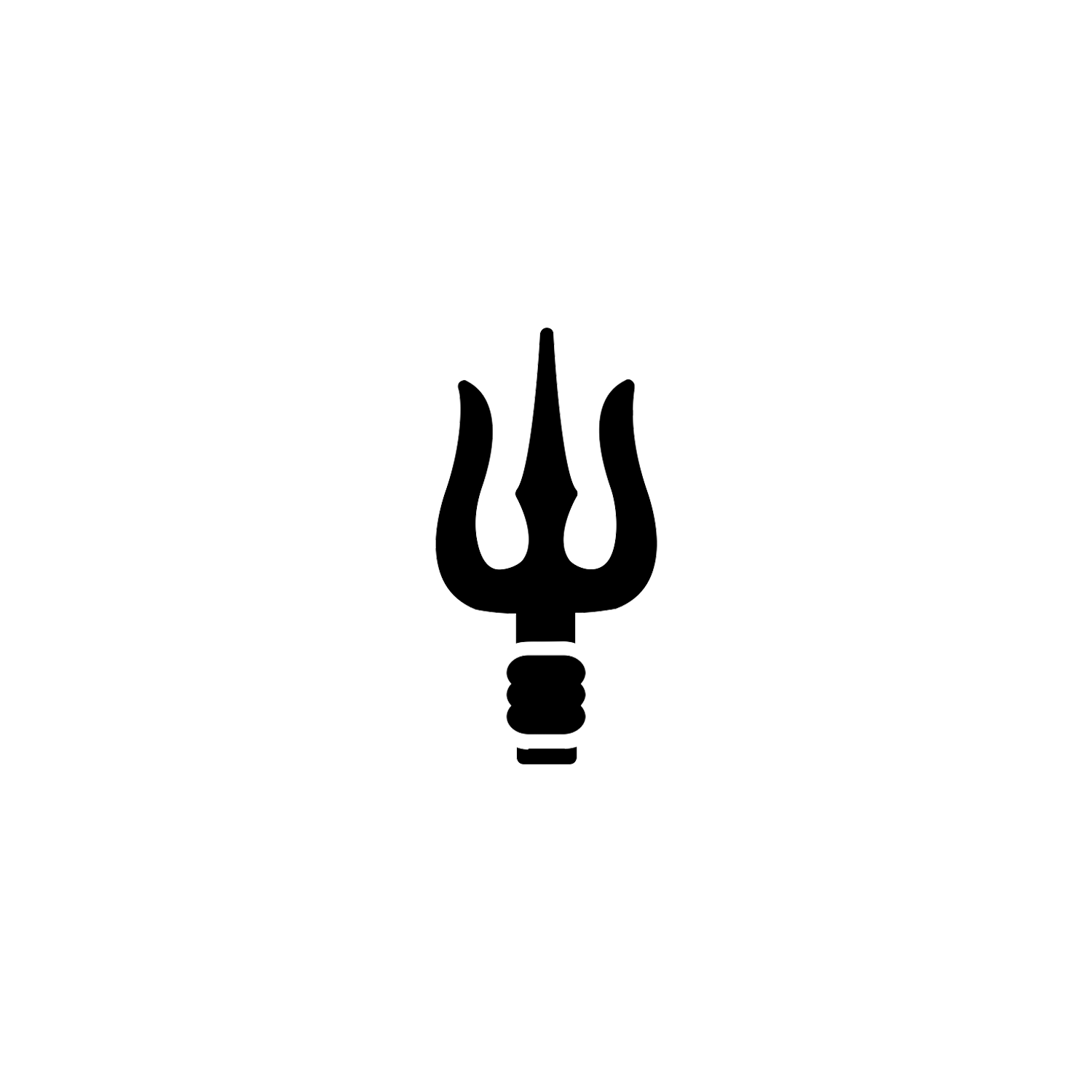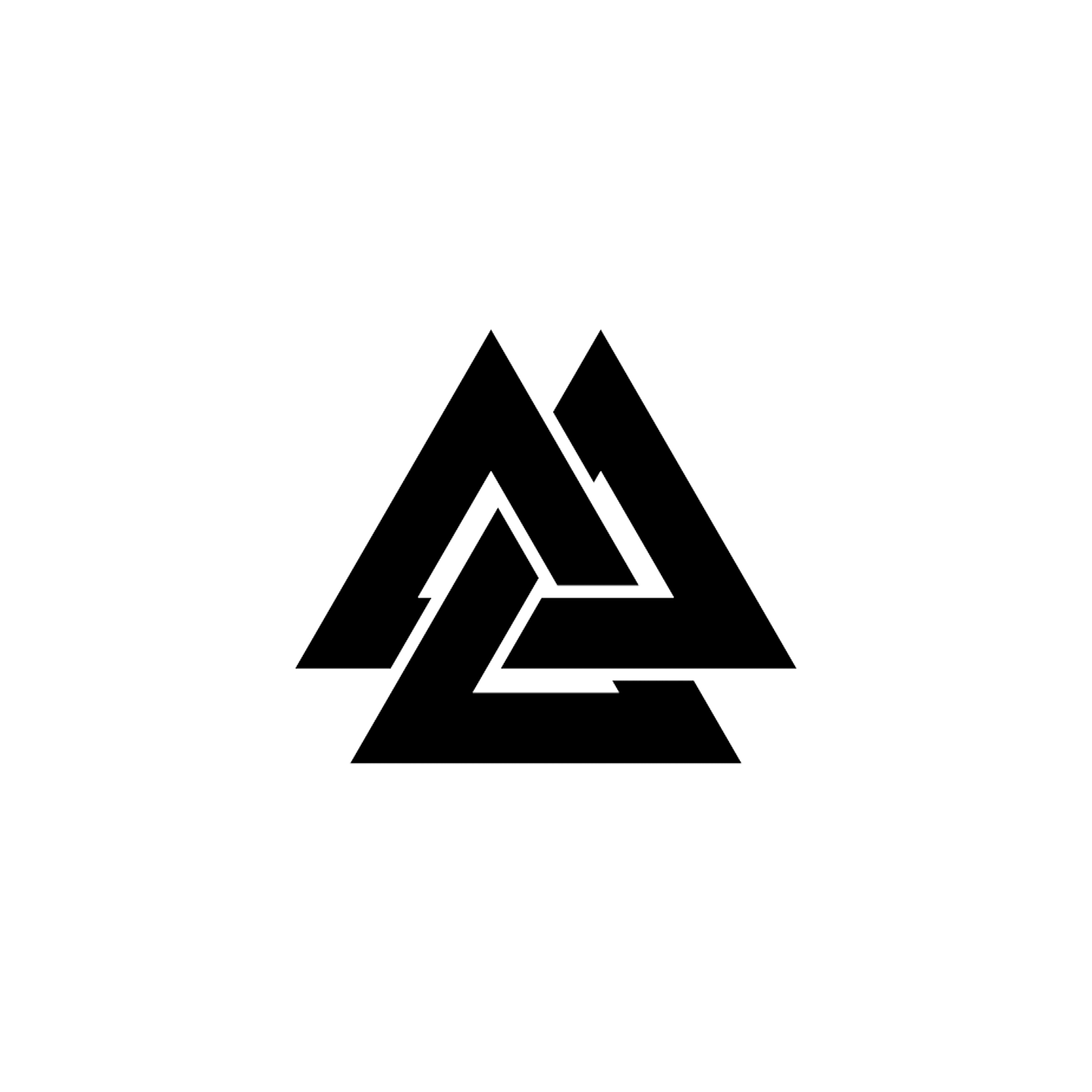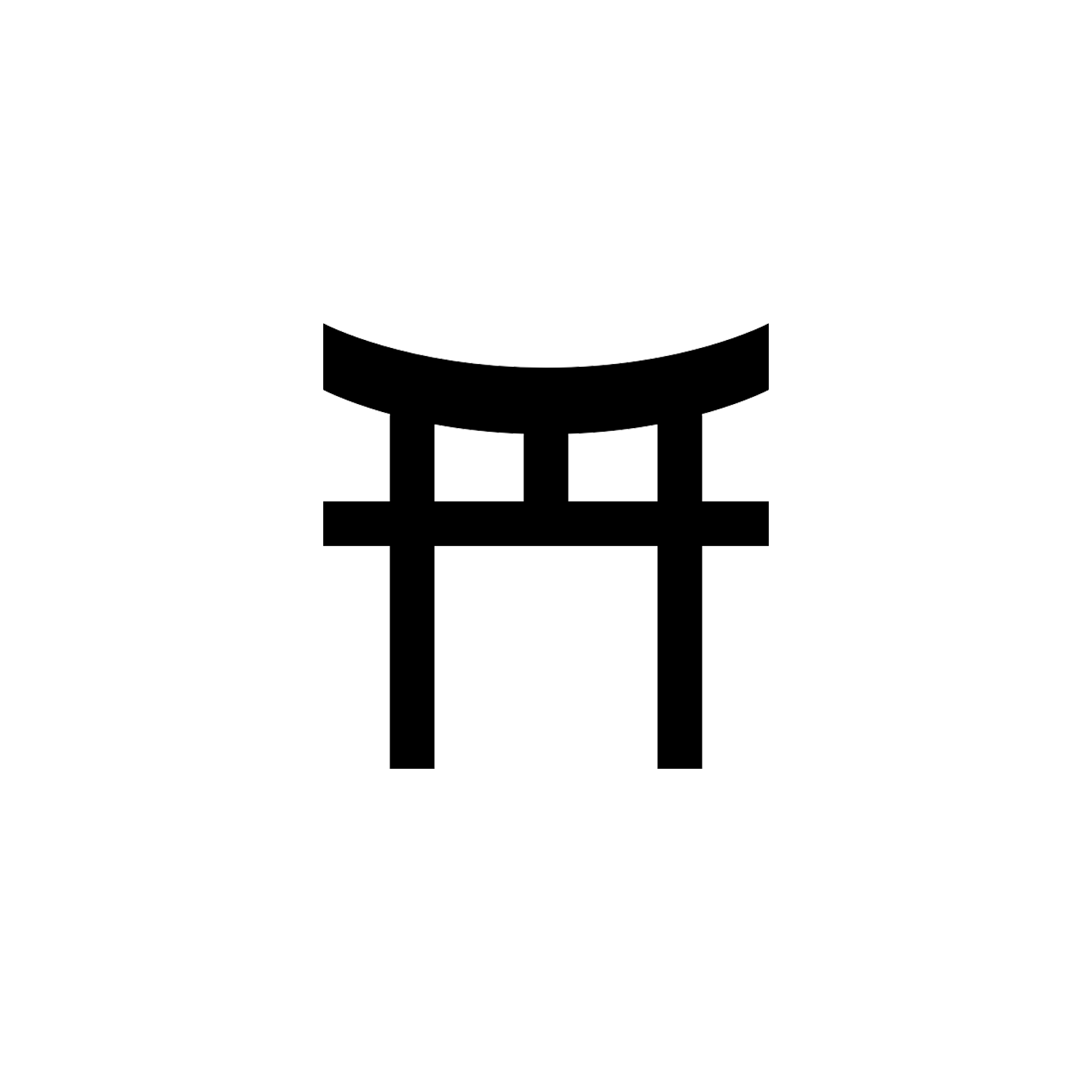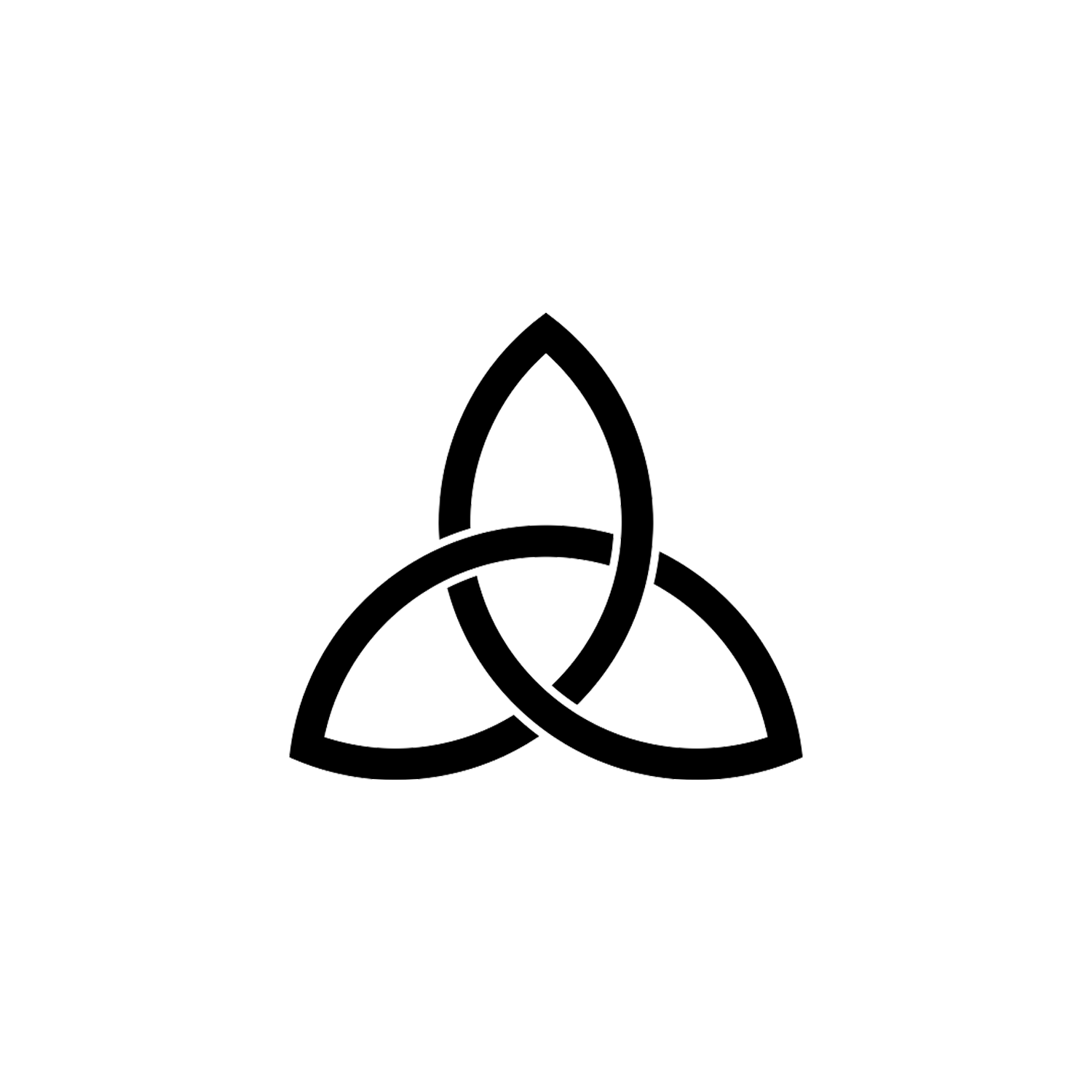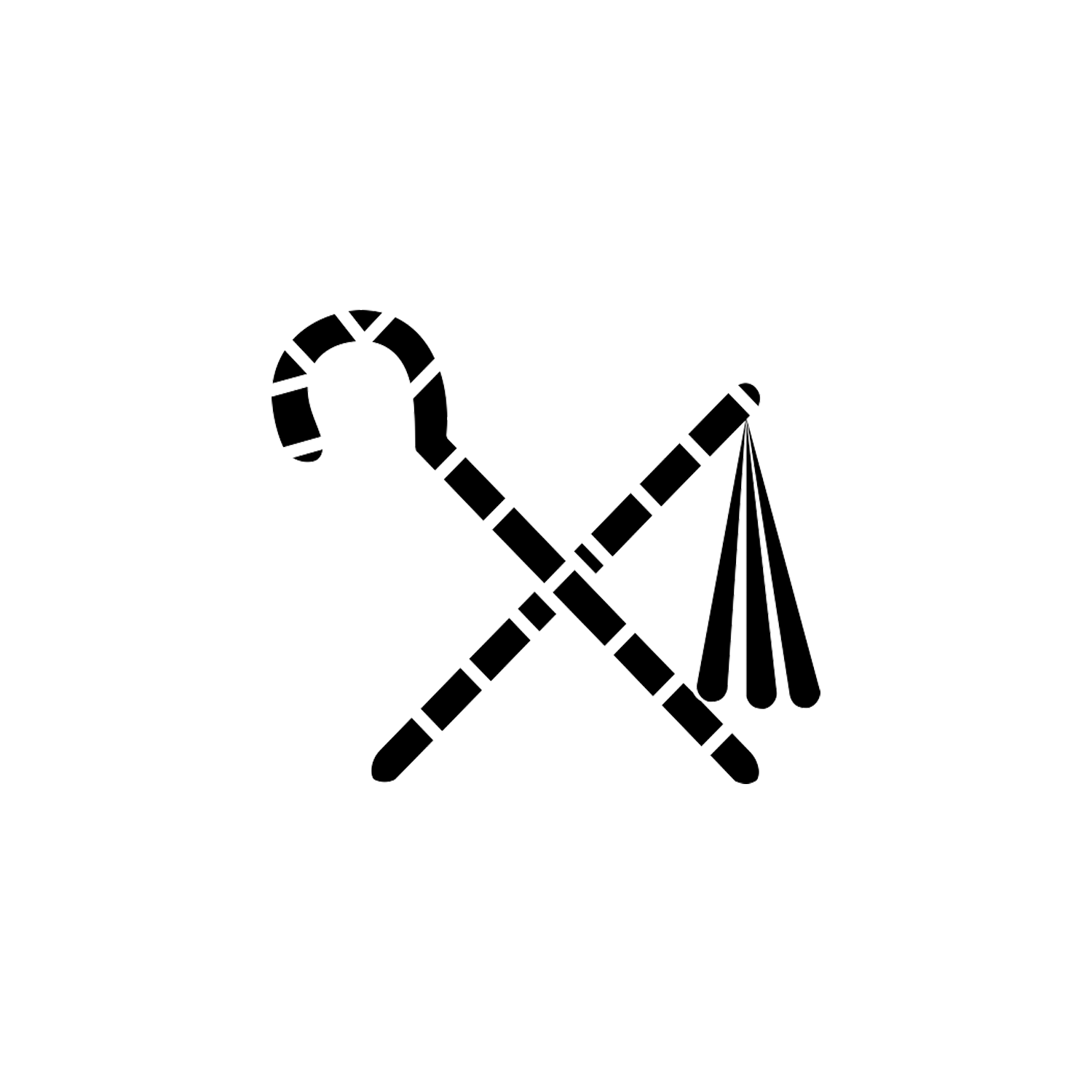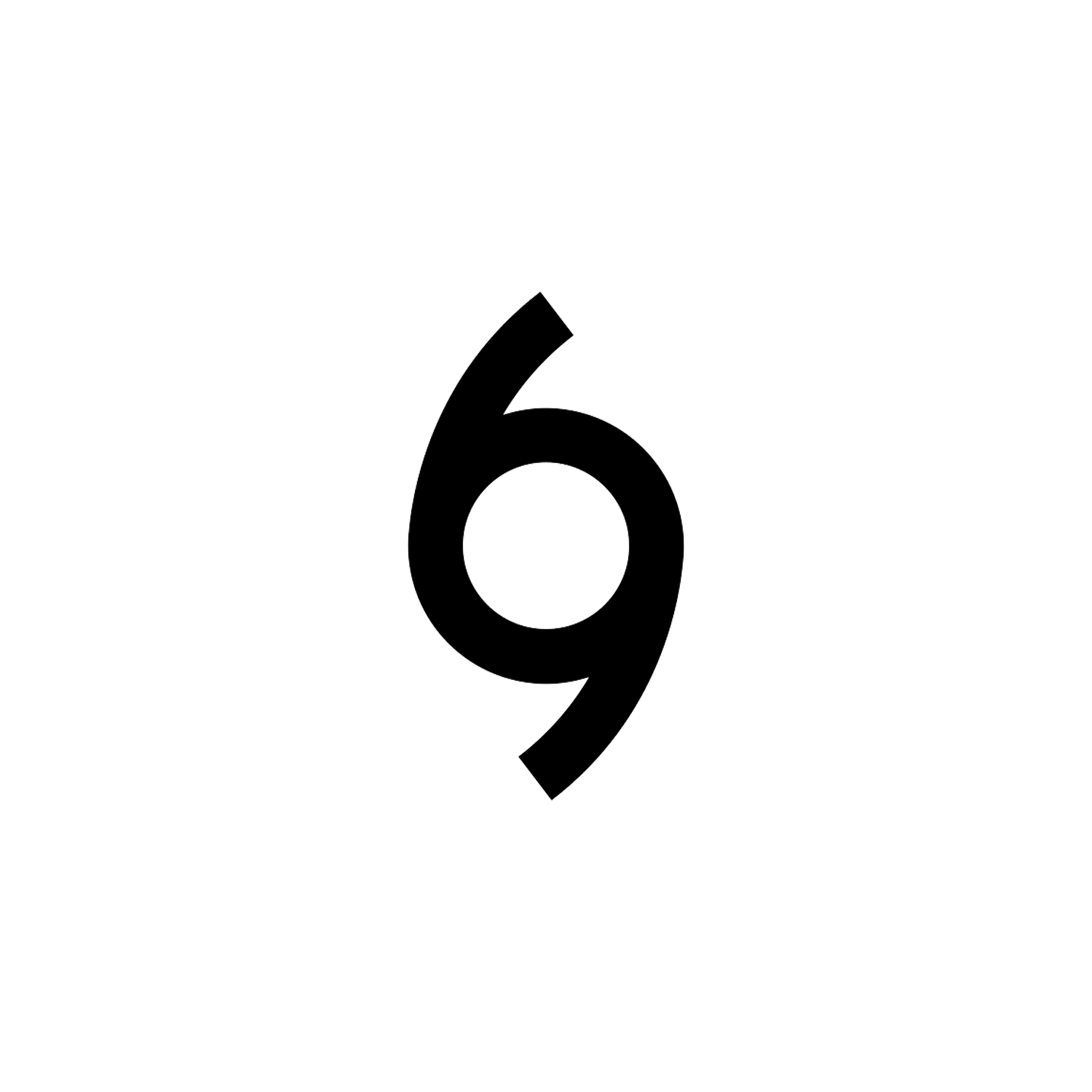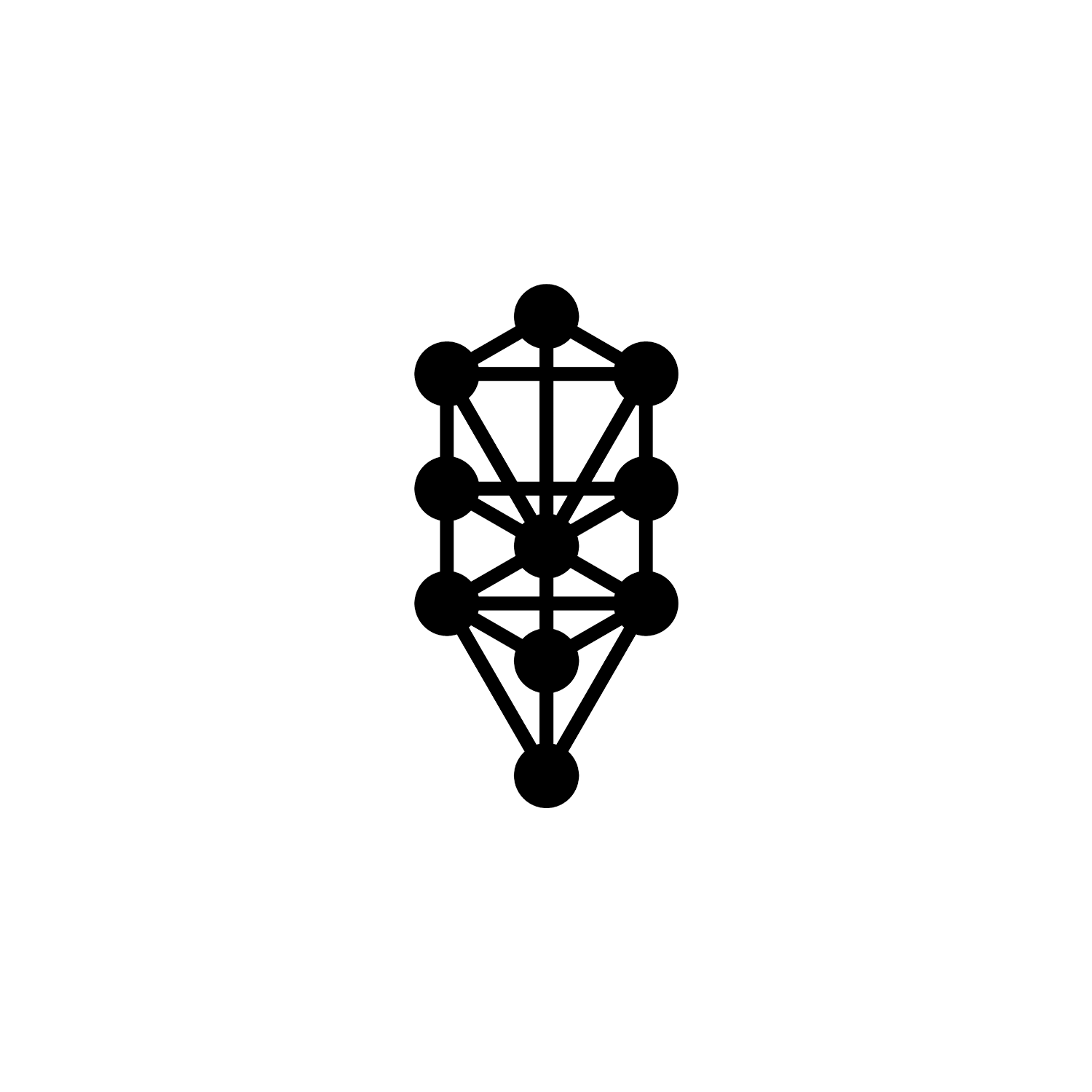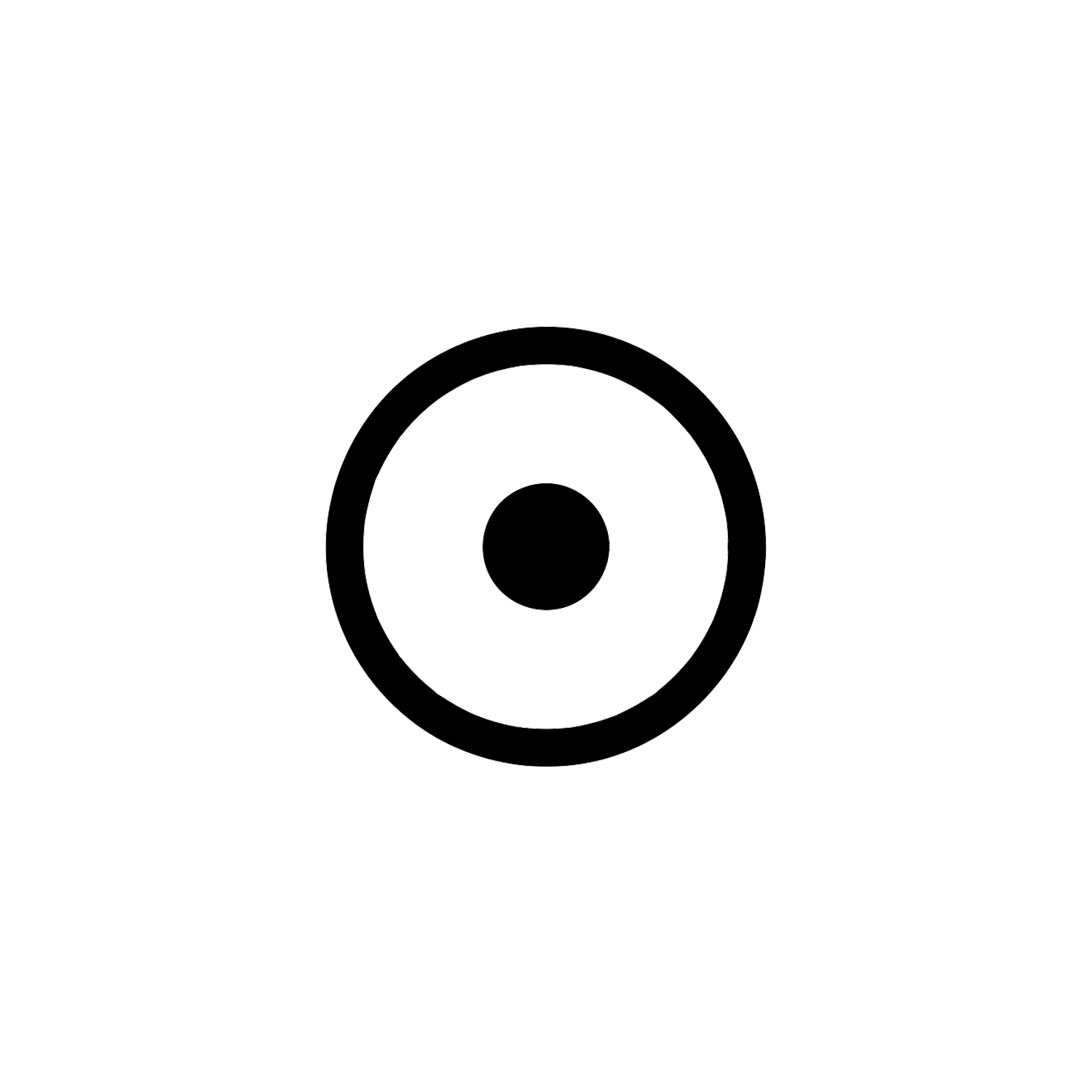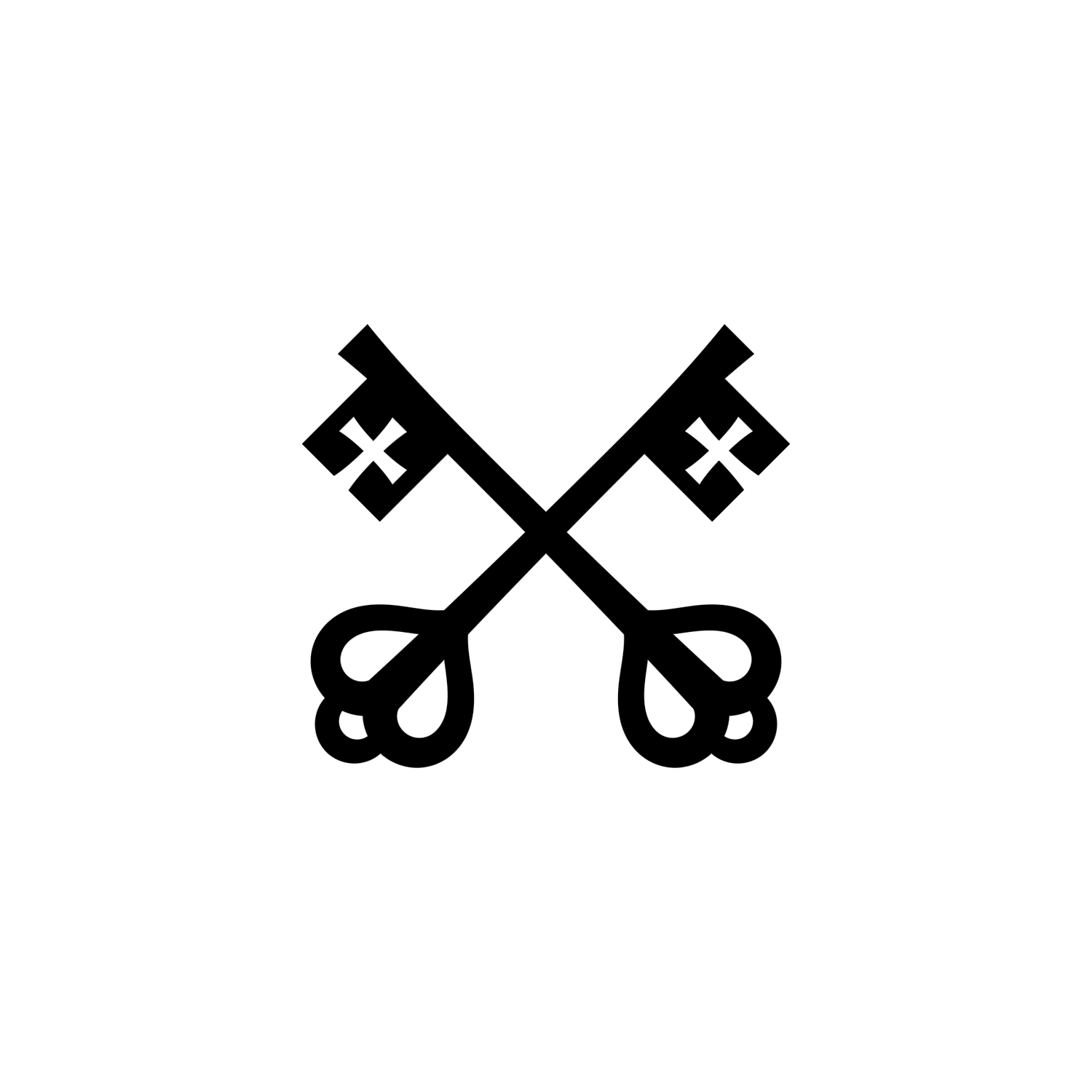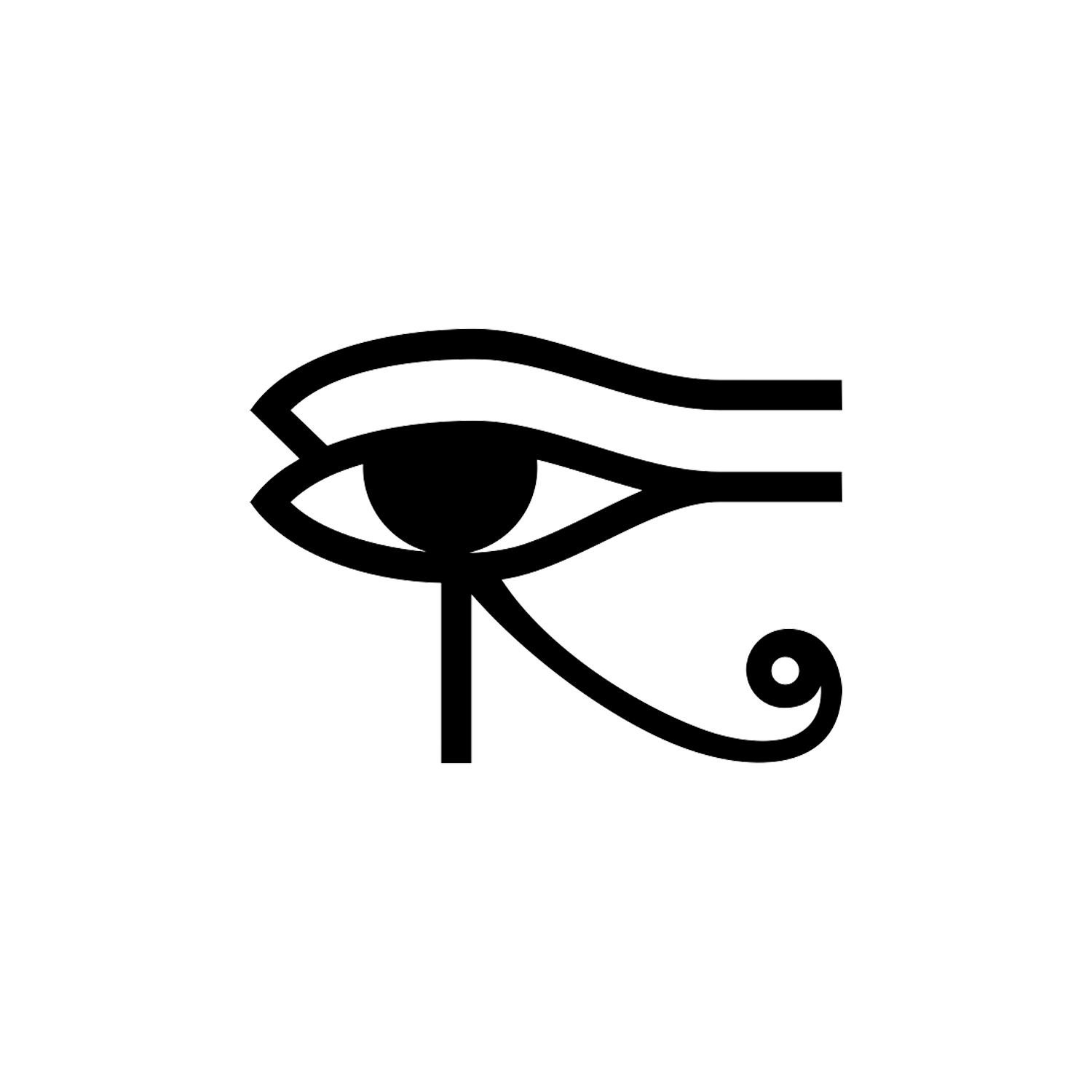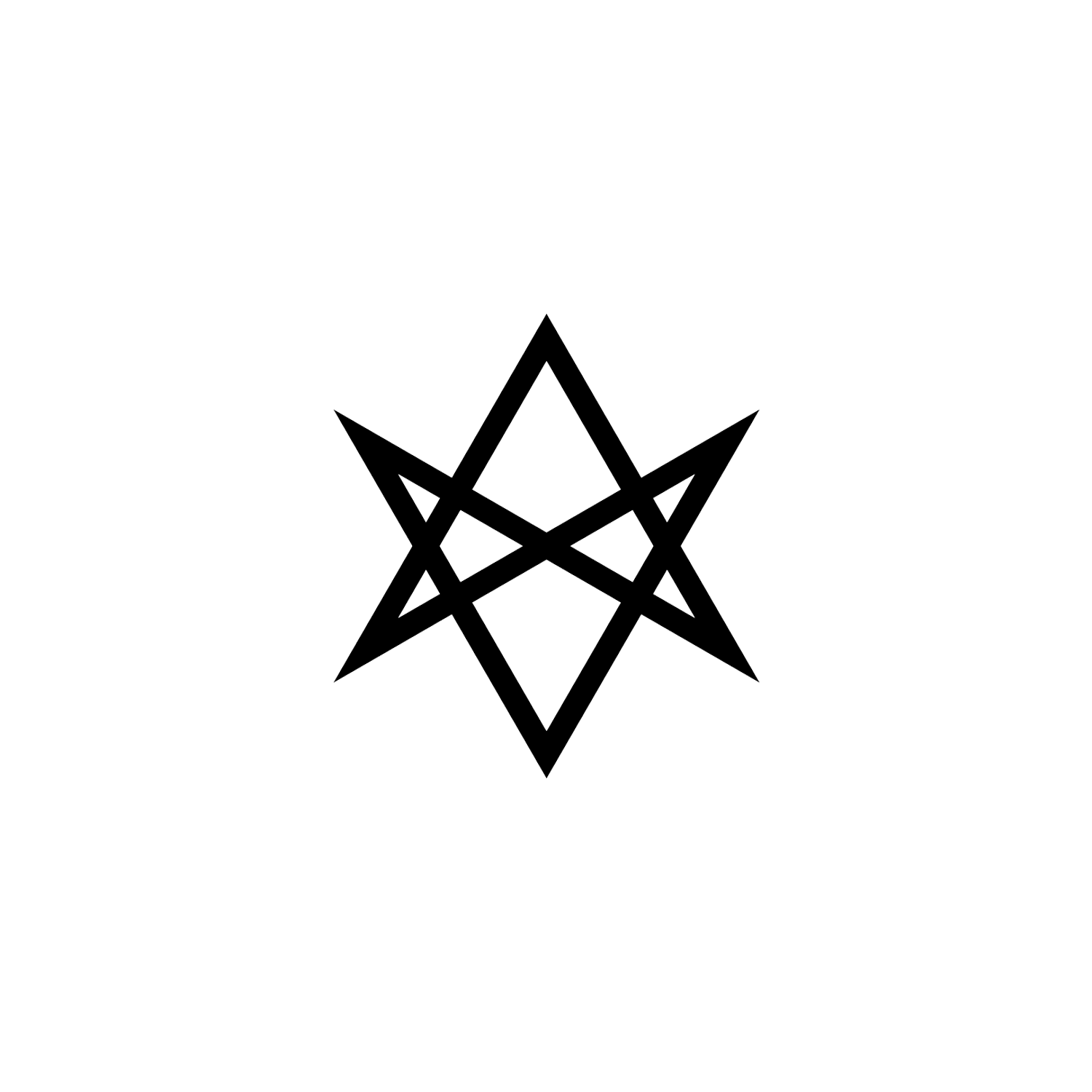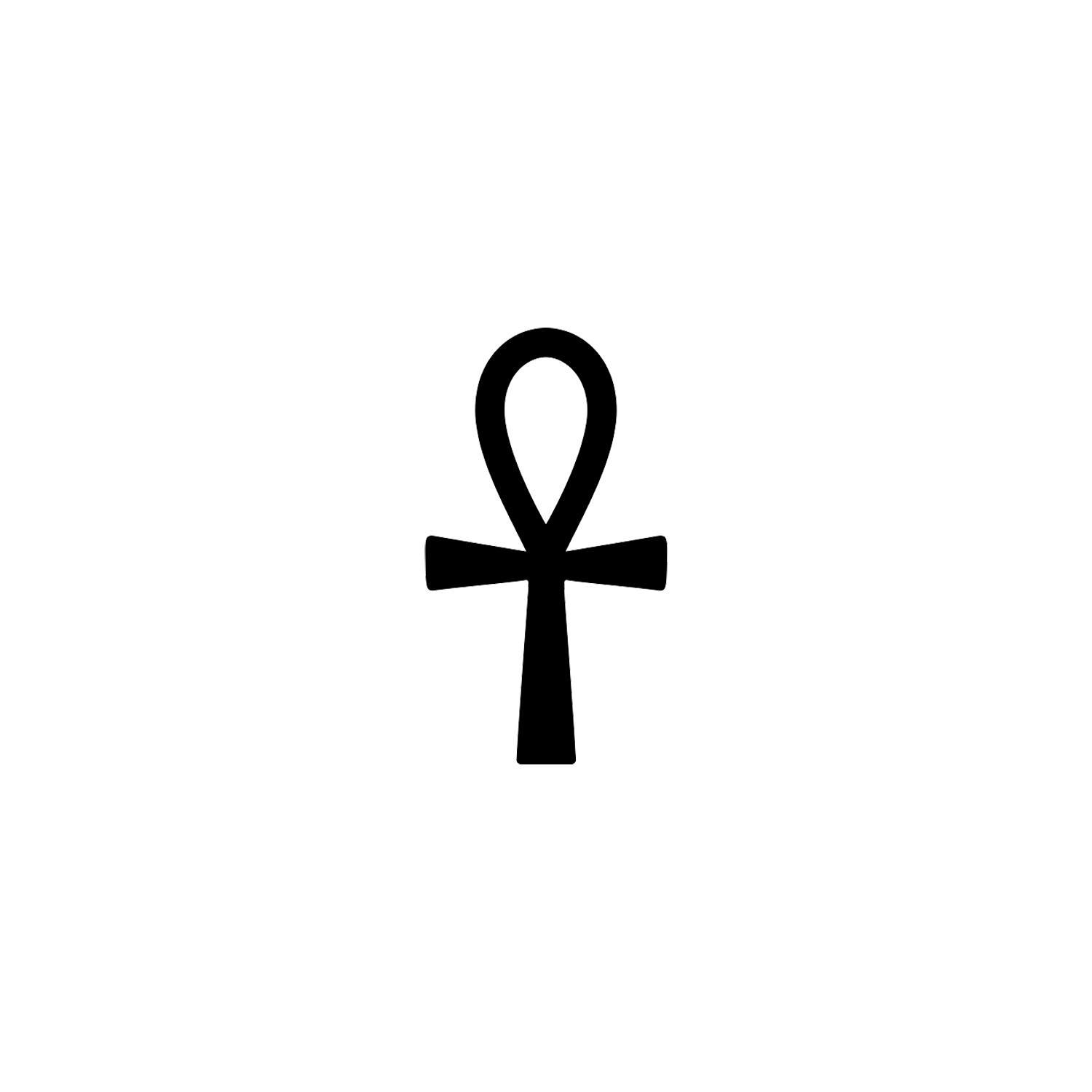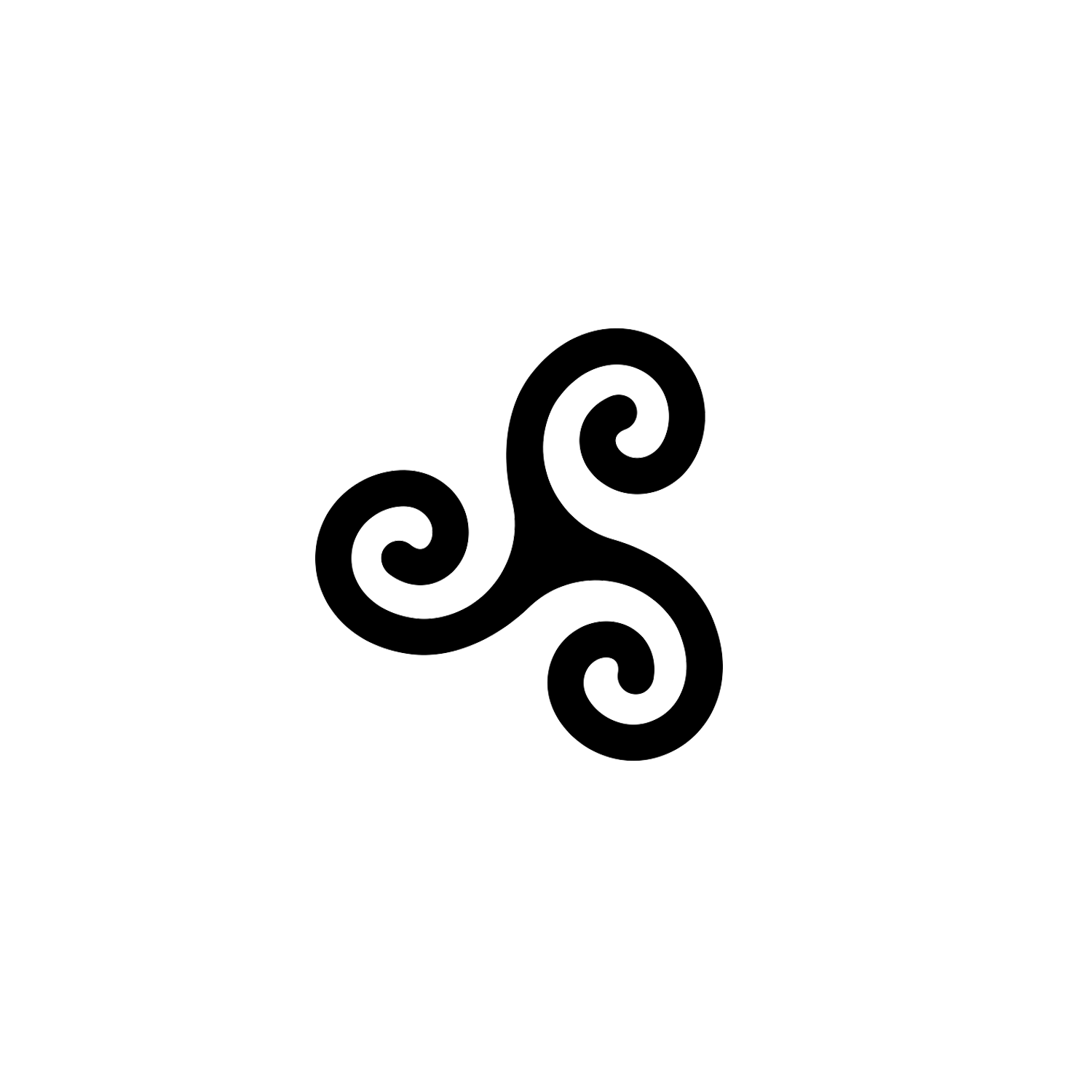Horned God
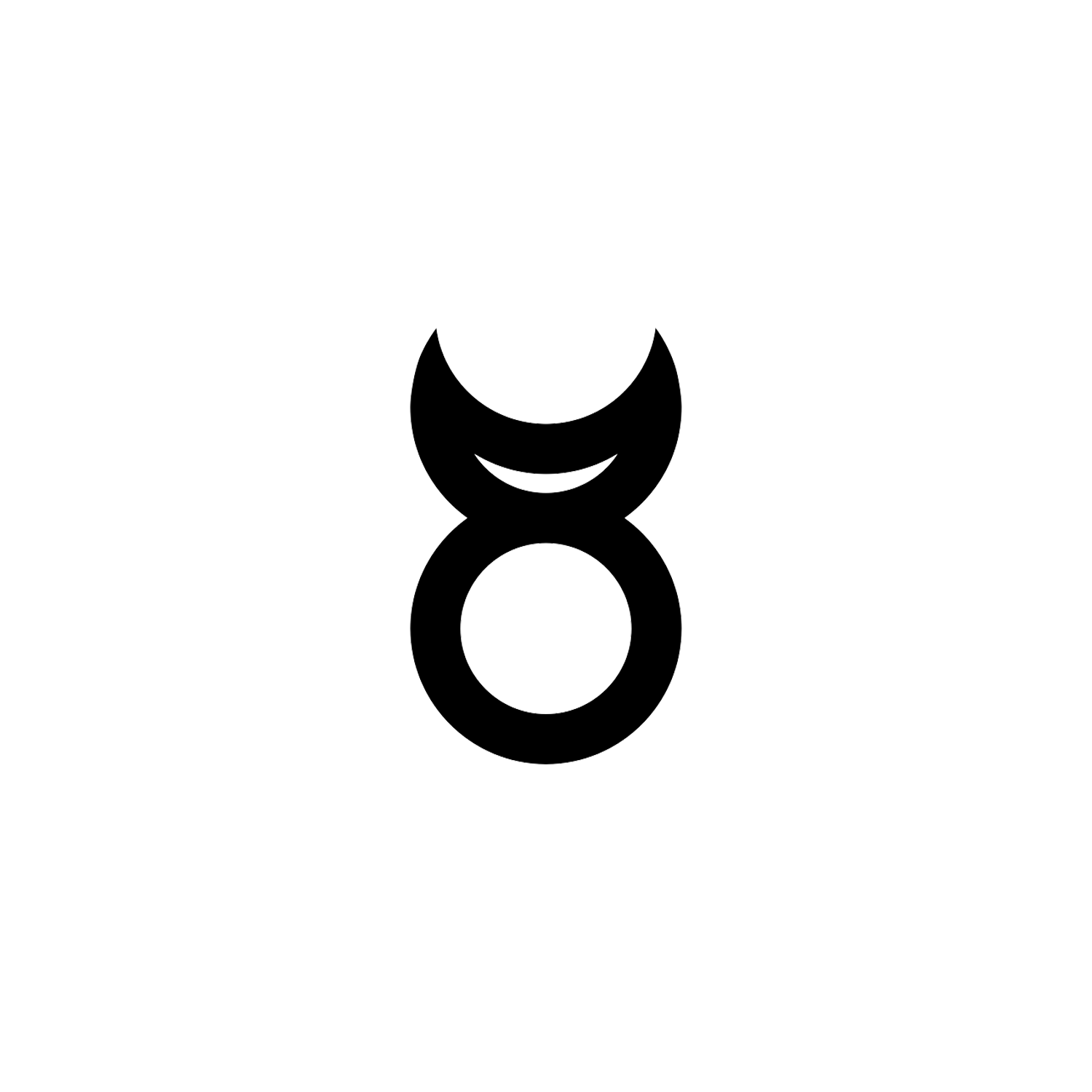

Horned God
God of nature, wilderness, sexuality, hunting.
Overview
The Horned God is one of the two primary deities found in Wicca and some related forms of Neopaganism. There is however a whole history behind horned deities in Ancient Egypt, Greece and Rome.
The term Horned God itself predates Wicca, and is an early 20th-century syncretic term for a horned or antlered anthropomorphic god partly based on historical horned deities.[1] The Horned God represents the male part of the religion’s duotheistic theological system, the consort of the female Triple goddess of the Moon or other Mother goddess.[2]
In common Wiccan belief, he is associated with nature, wilderness, sexuality, hunting, and the life cycle.[3] Whilst depictions of the deity vary, he is always shown with either horns or antlers upon his head, often depicted as being theriocephalic (having a beast’s head), in this way emphasizing “the union of the divine and the animal”, the latter of which includes humanity.[4]
Some Wiccans are polytheists, believing in many different deities taken from various Pagan pantheons, while others would believe that, in the words of Dion Fortune, “all the Goddesses are one Goddess, and all the Gods one God”.
Origin and History
Deities depicted with horns or antlers are found in many religions across the world. In religions that venerate animal deities, horned bulls, goats, and rams may be worshiped as deities or serve as the inspiration for a deity’s appearance. Many pagan religions include horned gods in their pantheons, such as Pan in Greek mythology and Ikenga in Odinala. Wicca and other neopagan religions have constructed these deities as the Horned God, representing the male part of their duotheistic theological system.
In Abrahamic religions, horned deities are closely associated with demonology. Christian demons are described as having horns in the Book of Revelation, and other demons such as Satan, Baphomet, and Beelzebub are typically portrayed with horns.

Hathor is commonly depicted as a cow goddess with head horns in which is set a sun disk with Uraeus. Twin feathers are also sometimes shown in later periods as well as a menat necklace. Hathor may be the cow goddess who is depicted from an early date on the Narmer Palette and on a stone urn dating from the 1st dynasty that suggests a role as sky-goddess and a relationship to Horus who, as a sun god, is “housed” in her.
Hathor had a complex relationship with Ra, in one myth she is his eye and considered his daughter but later, when Ra assumes the role of Horus with respect to Kingship, she is considered Ra’s mother. She absorbed this role from another cow goddess ‘Mht wrt’ (“Great flood”) who was the mother of Ra in a creation myth and carried him between her horns. As a mother she gave birth to Ra each morning on the eastern horizon and as wife she conceives through union with him each day.
We encounted more horned deities in Egypt, Bat was a cow goddess in Egyptian mythology depicted as a human face with cow ears and horns.
By the time of the Middle Kingdom her identity and attributes were subsumed within the goddess Hathor. The worship of Bat dates to earliest times and may have its origins in Late Paleolithic cattle herding.
Bat was the chief goddess of Seshesh, otherwise known as Hu or Diospolis Parva, the 7th nome of Upper Egypt. The imagery of Bat as a divine cow was remarkably similar to that of Hathor the parallel goddess from Lower Egypt.
The significant difference in their depiction is that Bat’s horns curve inward and Hathor’s curve outward slightly. It is possible that this could be based in the different breeds of cattle herded at different times.

In Egypt, the bull was worshiped as Apis, the embodiment of Ptah and later of Osiris. A long series of ritually perfect bulls were identified by the god’s priests, housed in the temple for their lifetime, then embalmed and encased in a giant sarcophagus. A long sequence of monolithic stone sarcophagi were housed in the Serapeum of Saqqara, and were rediscovered by Auguste Mariette at Saqqara in 1851. The bull was also worshipped as Mnevis, the embodiment of Atum-Ra, in Heliopolis. Ka in Egyptian is both a religious concept of life-force/power and the word for bull.
The ram was revered in ancient Egypt in matters of fertility and war. Early gods with long wavy ram horns include Khnum and the equivalent god in Lower Egypt, Banebdjedet, the “Ram Lord of Djedet” (Mendes), who was typically shown with four ram heads to represent the four souls (Ba) of the sun god.[5] Banebdjedet may also be linked to the first four gods to rule over Egypt, Osiris, Geb, Shu and Ra-Atum, with large granite shrines devoted to each in the Mendes sanctuary.
Cult of Ammon
Amun (also Amon, Ammon, Amen, Amun-Ra) is the ancient Egyptian god of the sun and air. He is one of the most important gods of ancient Egypt who rose to prominence at Thebes at the beginning of the period of the New Kingdom (c. 1570-1069 BCE). His cult was the most powerful and popular in Egypt for centuries.
He is usually depicted as a bearded man wearing a headdress with a double plume or, after the New Kingdom, as a ram-headed man or simply a ram, symbolizing fertility in his role as Amun-Min. His name means “the hidden one,” “invisible,” “mysterious of form,” and unlike most other Egyptian gods, he was considered Lord of All who encompassed every aspect of creation.

Following Amun’s ascendancy during the New Kingdom, he was hailed as “The Self-created One” and “King of the Gods” who had created all things, including himself. He was associated with the sun god Ra who was associated with the earlier god Atum of Heliopolis—primordial god in Egyptian mythology from whom all else arose.
Although Amun took on many of Atum’s attributes and more or less replaced him, the two remained distinct deities and Atum continued to be venerated. In his role as Amun-Ra, the god combines his invisible aspect (symbolized by the wind which one cannot see but is aware of) and his visible aspect as the life-giving sun. In Amun, the most important aspects of both Ra and Atum were combined to establish an all-encompassing deity whose aspects were literally every facet of creation.
His cult was so popular that, as scholar Richard H. Wilkinson observes, Egyptian religion became almost monotheistic and Amun “came particularly close to being a kind of monotheistic deity” (94).
The popularity of this god, in fact, ushered in the first monotheistic religious movement in Egypt under Akhenaten (1353-1336 BCE) who banned polytheistic worship and established the state religion of the one true god Aten.
Although Akhenaten’s efforts have historically been viewed as a sincere effort at religious reform, he was most likely motivated by the great wealth of the Priests of Amun, who, at the time he ascended to the throne, held more land and greater wealth than the pharaoh.
The worship of Ammon was introduced into Greece at an early period, probably through the medium of the Greek colony in Cyrene, which must have formed a connection with the great oracle of Ammon in the Oasis soon after its establishment. Ammon had a temple and a statue, the gift of Pindar, at Thebes,[6] and another at Sparta, the inhabitants of which, as Pausanias says,[7] consulted the oracle of Ammon in Libya from early times more than the other Greeks.

Although the most modern sources ignored the existence of Amun in the Berber mythology, he was maybe the greatest ancient Berber god.[8] He was honored by the Ancient Greeks in Cyrenaica, and was united with the Phoenician/Carthaginian god Baal-hamon due to Libyan influence.[9] Some depictions of the ram across North Africa belong to the lithic period which is situated between 9600 BC and 7500 BC.
In Awelimmiden Tuareg, the name Amanai is believed to have the meaning of “God”. The Ancient Libyans may have worshipped the setting sun, which was personified by Amon, who was represented by the ram’s horns.[10]
The Horns of Ammon may have also represented the East and West of the Earth, and one of the titles of Ammon was “the two-horned.”
Alexander was depicted with the horns of Ammon as a result of his conquest of ancient Egypt in 332 BC, where the priesthood received him as the son of the god Ammon, who was identified by the ancient Greeks with Zeus, the King of the Gods. The combined deity Zeus-Ammon was a distinct figure in ancient Greek mythology.
According to five historians of antiquity (Arrian, Curtius, Diodorus, Justin, and Plutarch), Alexander visited the Oracle of Ammon at Siwa in the Libyan desert and rumors spread that the Oracle had revealed Alexander’s father to be the deity Ammon, rather than Philip.[11][12][13]
Alexander styled himself as the son of Zeus-Ammon and even demanded to be worshiped as a god:
He seems to have become convinced of the reality of his own divinity and to have required its acceptance by others … The cities perforce complied, but often ironically: the Spartan decree read, ‘Since Alexander wishes to be a god, let him be a god.’ [14]

Influence on Demonology
The idea that demons have horns seems to have been taken from chapter 13 of the Book of Revelation.[15]
And I saw a beast rising out of the sea, with ten horns and seven heads, and on its horns were ten diadems, and on its heads were blasphemous names.
— Revelations, 13:1[16]
Then I saw another beast that rose out of the earth; it had two horns like a lamb, and it spoke like a dragon.
— Revelation, 13:11[17]
This idea has also been associated with the depiction of certain ancient gods like Moloch and the shedu, etc., which were portrayed as bulls, as men with the head of a bull, or wearing bull horns as a crown.

Few neopagan reconstructionist traditions recognize Satan or the Devil outright. However, many neopagan groups worship some sort of Horned God, for example as a consort of the Triple Goddess in Wicca.
These gods usually reflect mythological figures such as Cernunnos or Pan, and any similarity they may have to the Christian Devil seems to date back only to the 19th century, when a Christian reaction to Pan’s growing importance in literature and art resulted in his image being translated to that of the Devil.[18]
In 1985 Classical historian Georg Luck, in his Arcana Mundi: Magic and the Occult in the Greek and Roman Worlds, theorised that the origins of the Witch-cult may have appeared in late antiquity as a faith primarily designed to worship the Horned God.
Stemming from the merging of Cernunnos, a horned god of the Celts, with the Greco-Roman Pan/Faunus,[19] a combination of gods which he posits created a new deity, around which the remaining pagans, those refusing to convert to Christianity, rallied and that this deity provided the prototype for later Christian conceptions of the Devil, and his worshippers were cast by the Church as witches.[20]

The witch-cult hypothesis is a discredited theory that the witch trials of the Early Modern period were an attempt to suppress a pagan religion that had survived the Christianization of Europe. According to its proponents, accused witches were actually followers of this alleged religion. They argue that the supposed ‘witch cult’ revolved around worshiping a Horned God of fertility and the underworld, whose Christian persecutors identified with the Devil, and whose followers held nocturnal rites at the witches’ Sabbath.
There is also an implied connection between Satan and Beelzebub (lit. Lord of the Flies), originally a Semitic deity called Baal (lit. “lord”). Beelzebub is the most recognized demon in the Bible, whose name has become analogous to Satan. Occult and metaphysical author Michelle Belanger believes that Beelzebub (a mockery of the original name[21]) is the horned god Ba’al Hadad, whose cult symbol was the bull.[22] According to The Encyclopedia of Witches, Witchcraft and Wicca, Beelzebub reigned over the Witches’ Sabbath (“synagoga”[23]), and that witches denied Christ in his name and chanted “Beelzebub” as they danced.[24]
Wicca
In traditional Wicca (British Traditional Wicca), the Horned God is generally regarded as a dualistic god of twofold aspects: bright and dark, night and day, summer and winter, the Oak King and the Holly King (personifications of the winter and summer in various neopagan traditions). In this dualistic view, his two horns symbolize, in part, his dual nature.[25]
The three aspects of the Goddess and the two aspects of the Horned god are sometimes mapped on to the five points of the Pentagram and the Pentacle, although which points correspond to which deity aspects varies. In some other systems, he is represented as a triune god, split into three aspects that reflect those of the Triple Goddess: the Youth (Warrior), the Father, and the Sage.

For Wiccans, the Horned God is “the personification of the life force energy in animals and the wild”[26] and is associated with the wilderness, virility and the hunt.[27] Doreen Valiente writes that the Horned God also carries the souls of the dead to the underworld.[28]
Wiccans generally, as well as some other neopagans, tend to conceive of the universe as polarized into gender opposites of male and female energies. In traditional Wicca, the Horned God and the Goddess are seen as equal and opposite in gender polarity. However, in some of the newer traditions of Wicca, and especially those influenced by feminist ideology, there is more emphasis on the Goddess, and consequently the symbolism of the Horned God is less developed than that of the Goddess.[29]
Wicca the cycle of the seasons is celebrated during eight sabbats called The Wheel of the Year. The seasonal cycle is imagined to follow the relationship between the Horned God and the Goddess.[27] The Horned God is born in winter, impregnates the Goddess and then dies during the autumn and winter months and is then reborn by the Goddess at Yule.[30] The different relationships throughout the year are sometimes distinguished by splitting the god into aspects, the Oak King and the Holly King.[27]
The relationships between the Goddess and the Horned God are mirrored by Wiccans in seasonal rituals. There is some variation between Wiccan groups as to which sabbat corresponds to which part of the cycle.
Some Wiccans regard the Horned God as dying at Lammas, August 1; also known as Lughnasadh, which is the first harvest sabbat. Others may see him dying at Mabon, the autumn equinox, or the second harvest festival. Still other Wiccans conceive of the Horned God dying on October 31, which Wiccans call Samhain, the ritual of which is focused on death. He is then reborn on Winter Solstice, December 21.[31]
According to Sabina Magliocco,[32] Gerald Gardner says (in 1959’s The Meaning of Witchcraft) that The Horned God is an Under-god, a mediator between an unknowable supreme deity and the people. (In Wiccan liturgy in the Book of Shadows, this conception of an unknowable supreme deity is referred to as “Dryghtyn.” It is not a personal god, but rather an impersonal divinity similar to the Tao of Taoism.)

Whilst the Horned God is the most common depiction of masculine divinity in Wicca, he is not the only representation. Other examples include the Green Man and the Sun God.[33] In traditional Wicca, however, these other representations of the Wiccan god are subsumed or amalgamated into the Horned God, as aspects or expressions of him. Sometimes this is shown by adding horns or antlers to the iconography.
The Green Man, for example, may be shown with branches resembling antlers; and the Sun God may be depicted with a crown or halo of solar rays, that may resemble horns. These other conceptions of the Wiccan god should not be regarded as displacing the Horned God, but rather as elaborating on various facets of his nature. Doreen Valiente has called the Horned God “the eldest of gods” in both The Witches Creed and also in her Invocation To The Horned God.
Historical roots for Neopagan worship
Many horned deities are known to have been worshipped in various cultures throughout history. Evidence for horned gods appear very early in the human record. The so-called Sorcerer dates from as far back as 13,000 BCE.
Twenty-one red deer headdresses, made from the skulls of the red deer and likely fitted with leather laces, have been uncovered at the Mesolithic site of Star Carr. They are thought to date from roughly 9,000 BCE.[34]
Several theories have been created to establish historical roots for modern Neopagan worship of a Horned God.

The popular image of the Greek god Pan was removed from its classical context in the writings of the Romantics of the 18th century and connected with their ideals of a pastoral England. This, along with the general public’s increasing lack of familiarity of Greek mythology at the time led to the figure of Pan becoming generalised as a ‘horned god’, and applying connotations to the character, such as benevolence that were not evident in the original Greek myths which in turn gave rise to the popular acceptance of Murray’s hypothetical horned god of the witches.[35]
Margaret Murray, in her 1921 book The Witch-Cult in Western Europe, proposed the theory that the witches of the early-modern period were remnants of a pagan cult and that the Christian Church had declared the god of the witches was in fact the Devil. Without recourse to any specific representation of this deity, Murray speculates that the head coverings common in inquisition-derived descriptions of the devil “may throw light on one of the possible origins of the cult.”[36]
In 1931 Murray published a sequel, The God of the Witches, which tries to gather evidence in support of her witch-cult theory. In Chapter 1 “The Horned God”.[37] Murray claims that various depictions of humans with horns from European and Indian sources, ranging from the paleolithic French cave painting of “The Sorcerer” to the Indic Pashupati to the modern English Dorset Ooser, are evidence for an unbroken, Europe-wide tradition of worship of a singular Horned God.

Eliphas Levi’s image of “Baphomet” serves as an example of the transformation of the Devil into a benevolent fertility deity and provided the prototype for Murray’s horned god.[38]
Murray’s central thesis that images of the Devil were actually of deities and that Christianity had demonised these worshippers as following Satan, is first recorded in the work of Levi in the fashionable 19th-century Occultist circles of England and France.[38]
Levi created his image of Baphomet, published in his Dogme et Rituel de la Haute Magie (1855), by combining symbolism from diverse traditions, including the Diable card of the 16th and 17th century Tarot of Marseille. Lévi called his image “The Goat of Mendes”, possibly following Herodotus’ account[39] that the god of Mendes—the Greek name for Djedet, Egypt—was depicted with a goat’s face and legs.
Historically, the deity that was venerated at Egyptian Mendes was a ram called Banebdjedet (literally Ba of the lord of djed, and titled “the Lord of Mendes”), who was literally the soul of Osiris, the god of fertility, agriculture, the afterlife, the dead, resurrection, life, and vegetation in ancient Egyptian religion. Lévi combined the images of the Tarot of Marseilles Devil card and refigured the ram Banebdjed as a he-goat, further imagined by him as “copulator in Anep and inseminator in the district of Mendes”.

Moloch
Moloch, Molech, or Molek[40] is a word which appears in the Hebrew Bible several times, primarily in the Book of Leviticus. The Bible strongly condemns practices that are associated with Moloch, which are heavily implied to be child sacrifice.[41]
Traditionally, the name Moloch has been understood as referring to a Canaanite god.[42] However, since 1935, scholars have speculated that Moloch refers to the sacrifice itself, since the Hebrew word mlk is identical in spelling to a term that means “sacrifice” in the closely-related Punic language.[43]
This second position has grown increasingly popular, but it remains contested.[44]

Among proponents of this second position, controversy continues as to whether the sacrifices were offered to Yahweh or another deity, and whether they were a native Israelite religious custom or a Phoenician import.[45]
In Psychology
Sherry Salman considers the image of the Horned God in Jungian terms, as an archetypal protector and mediator of the outside world to the objective psyche. In her theory the male psyche’s ‘Horned God’ frequently compensates for inadequate fathering.
When first encountered, the figure is a dangerous, ‘hairy chthonic wildman’ possessed of kindness and intelligence. If repressed, later in life The Horned God appears as the lord of the Otherworld, or Hades. If split off entirely, he leads to violence, substance abuse and sexual perversion. When integrated he gives the male an ego ‘in possession of its own destructiveness’ and for the female psyche gives an effective animus relating to both the physical body and the psyche.[46]
In considering the Horned God as a symbol recurring in women’s literature, Richard Sugg suggests the Horned God represents the ‘natural Eros’, a masculine lover subjugating the social-conformist nature of the female shadow, thus encompassing a combination of the shadow and animus. One such example is Heathcliff from Emily Brontë’s Wuthering Heights. Sugg goes on to note that female characters who are paired with this character usually end up socially ostracised, or worse – in an inverted ending to the male hero-story.[47]
Conclusion
Deities depicted with horns or antlers have been present in many religions across the world for thousands of year.
From Ancient Egypt’s Hathor and Amun, which spread to Greece and had Alexander the Great styling himself as the son of Zeus-Ammon with horns on his head, to the influence on Christian demons, Moloch and the modern-day Baphomet.
The Horned God is a symbol most commonly associated with Wicca nowadays, where an early 20th-century syncretic term for an anthropomorphic god partly based on historical deities is used, with varying meanings—normally the male part of the religion’s duotheistic theologocial system, where the Triple Goddess is the other half.
[1] Michael D. Bailey Witchcraft Historiography (review) in Magic, Ritual, and Witchcraft – Volume 3, Number 1, Summer 2008, pp. 81–85
[2] "from the library of the Order of Bards, Ovates & Druids". Druidry.org.
[3] Farrar, Janet; Farrar, Stewart (1989). The Witches' god: Lord of the Dance. pp. 32–34. London: Robert Hale. ISBN 0-7090-3319-2.
[4] d'Este, Sorita (2008). Horns of Power. p. 11. London: Avalonia. ISBN 978-1-905297-17-7.
[5] Handbook of Egyptian mythology, Geraldine Pinch, p 114-115, Oxford University Press, 2004, ISBN 0-19-517024-5
[6] Pausanias, Description of Greece ix.16 § 1
[7] Pausanias, Description of Greece iii.18 § 2
[8] H. Basset, Les influences puniques chez les Berbères, pp 367-368
[9] Mohammed Chafik, Revue Tifinagh...
[10] James Hastings.
[11] "Coin: from the Persian Wars to Alexander the Great, 490–336 bc". Encyclopædia Britannica.
[12] Green 2007. p.382
[13] Plutarch, Alexander, 27
[14] Encyclopædia Britannica, Alexander III, 1971
[15] J. Hampton Keathley, The Beast and the False Prophet (Rev 13:1-18)
[16] Revelation 13:1
[17] Revelation 13:11
[18] Hutton, Ronald (1999). Triumph of the Moon. Oxford: Oxford UniverUniversity Press. p. 46. ISBN 978-0-19-820744-3.
[19] Luck, Georg (1985). Arcana Mundi: Magic and the Occult in the Greek and Roman Worlds: A Collection of Ancient Texts. Baltimore, MD: Johns Hopkins University Press. pp. 6–7.
[20] Luck, Georg (1985). Arcana Mundi: Magic and the Occult in the Greek and Roman Worlds: A Collection of Ancient Texts. Baltimore, MD: Johns Hopkins University Press. pp. 6–7.
[21] [5] Jewish Encyclopedia
[22] The Dictionary of Demons: Names of the Damned By Michelle Belanger -Page 56
[23] Witch hunts in the western world: persecution and punishment from the ... Page 87 - by Brian Alexander Pavlac
[24] The Encyclopedia of Witches, Witchcraft and Wicca by Rosemary Ellen Guiley. p. 97
[25] Davy, Barbara Jane (2006). Introduction to Pagan Studies. AltaMira Press. ISBN 0-7591-0819-6.
[26] Starhawk (2006). "Some basic definitions". On-faith. News-Week. Archived from the original on 6 January 2007.
[27] Davy, Barbara Jane (2006). Introduction to Pagan Studies. p. 16 AltaMira Press. ISBN 0-7591-0819-6.
[28] Greenwood, Susan (2005). The nature of magic. Berg Publishers. ISBN 1-84520-095-0.
[29] Hanegraaff, Wouter J. (1997). New Age Religion and Western Culture. p. 154.State University of New York Press. ISBN 0-7914-3854-6.
[30] Farrer, Janet; Stewart Farrer (2002). The Witches' bible. Robert Hale Ltd. ISBN 0-7090-7227-9.
[31] Salomonsen, Jone (2001). Enchanted Feminism. Routledge. p. 190. ISBN 0-415-22393-8.
[32] Magliocco, Sabina (2004). Witching Culture. p. 28. University of Pennsylvania Press. ISBN 0-8122-3803-6.
[33] Farrar, Janet; Farrar, Stewart (1989). The Witches' god: Lord of the Dance. London: Robert Hale. ISBN 0-7090-3319-2.
[34] "British Museum headdresses". Trustees of the British Museum.
[35] Hutton, Ronald (1995). The Triumph of the Moon: a History of Modern Pagan Witchcaraft. Oxford Paperbacks. ISBN 0-19-285449-6.
[36] Murray, Margaret (2006). The Witch-cult in Western Europe (1921). Standard Publications. ISBN 1-59462-126-8.
[37] Murray, Margaret (1970). The God of the Witches (1931). OUA USA. ISBN 0-19-501270-4.
[38] Juliette Wood, "The Celtic Tarot and the Secret Traditions: A Study in Modern Legend Making": Folklore, Vol. 109, 1998
[39] Herodotus, Histories ii. 42, 46 and 166.
[40] /ˈmoʊlɒk/; Biblical Hebrew: מֹלֶךְ Mōleḵ, properly הַמֹּלֶךְ, hamMōleḵ "the Moloch"; Ancient Greek: Μόλοχ; Latin: Moloch
[41] Stavrakopoulou, Francesca (2013). "The Jerusalem Tophet Ideological Dispute and Religious Transformation". Studi Epigrafici e Linguistici. 30: 137–158.
[42] Day, John (2000). Yahweh and the Gods and Goddesses of Canaan. p. 209. Sheffield Academic Press. ISBN 1-85075-986-3.
[43] Stavrakopoulou, Francesca (2013). "The Jerusalem Tophet Ideological Dispute and Religious Transformation". Studi Epigrafici e Linguistici. p. 144.
[44] Ibid.
[45] Xella, P. (2013). ""Tophet": an Overall Interpretation". In Xella, P. (ed.). The Tophet in the Ancient Mediterranean. Essedue. pp. 256.
[46] Kalsched, Donald (1996). The Inner World of Trauma. Routledge. ISBN 0-415-12329-1.
[47] Sugg, Richard (1994). Jungian Literary Criticism. p. 162. Northwestern University Press. ISBN 0-8101-1042-3.
Latest Symbols
Monthly Digest
A summary of symbols for the month in a quick read format straight to your inbox.


